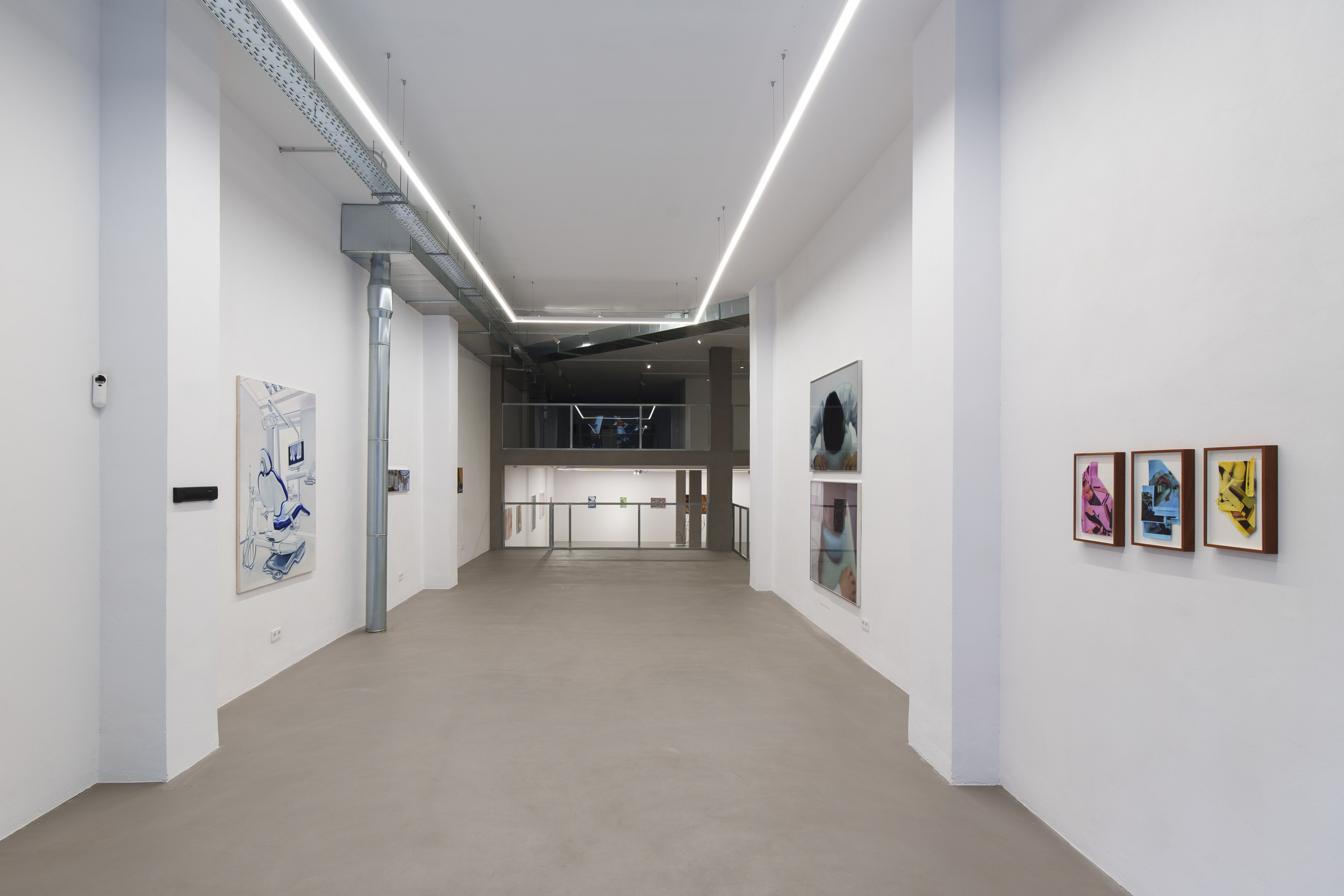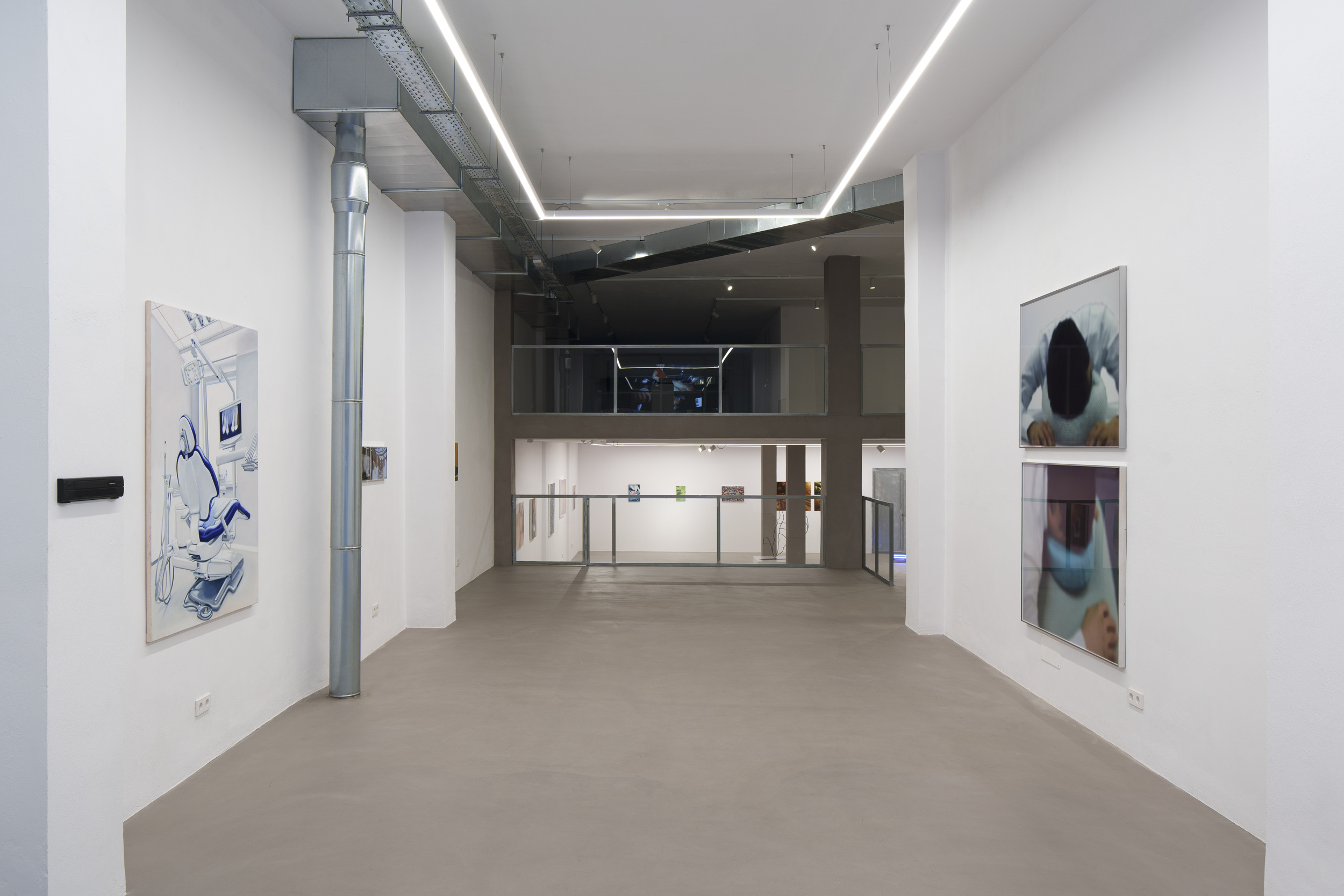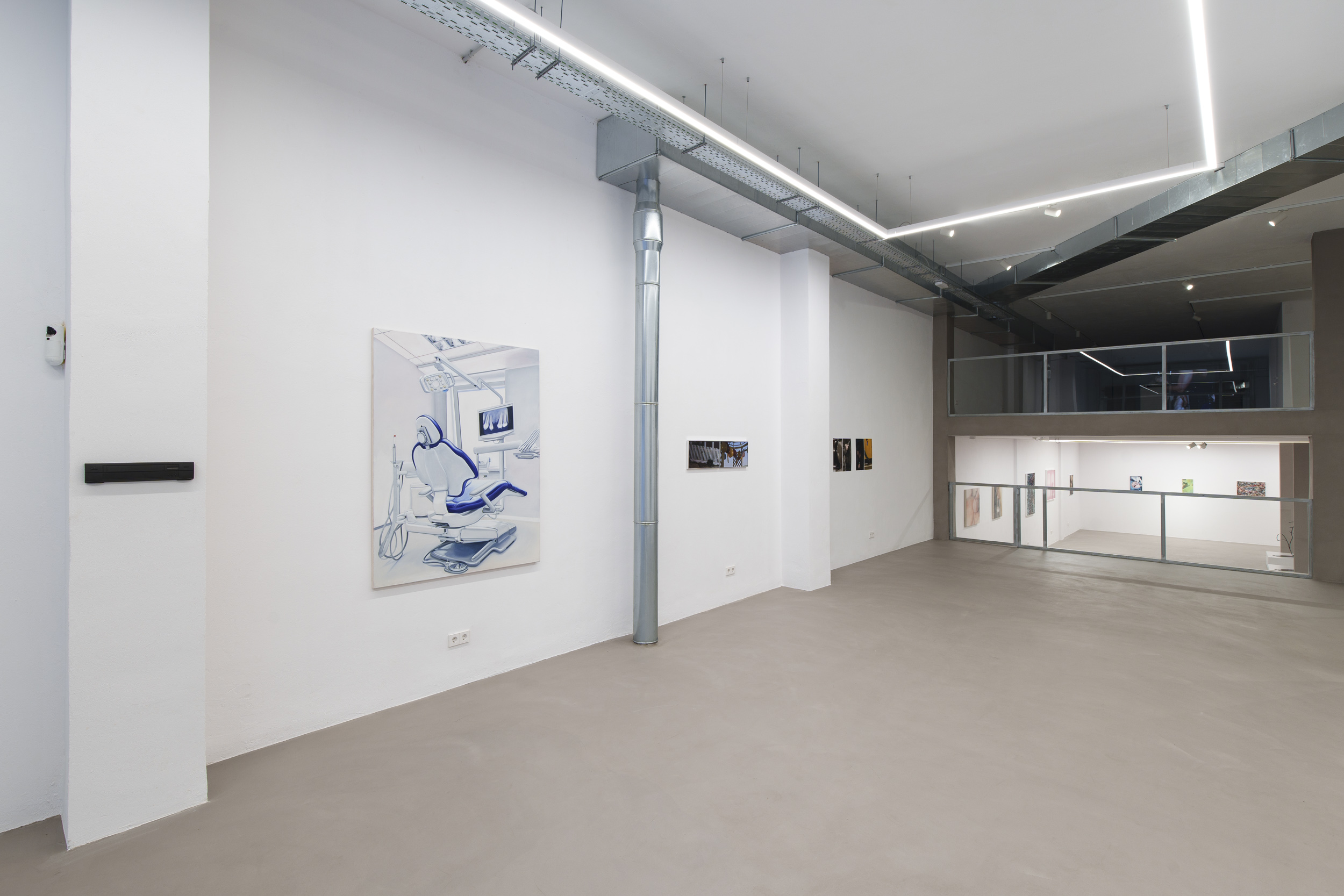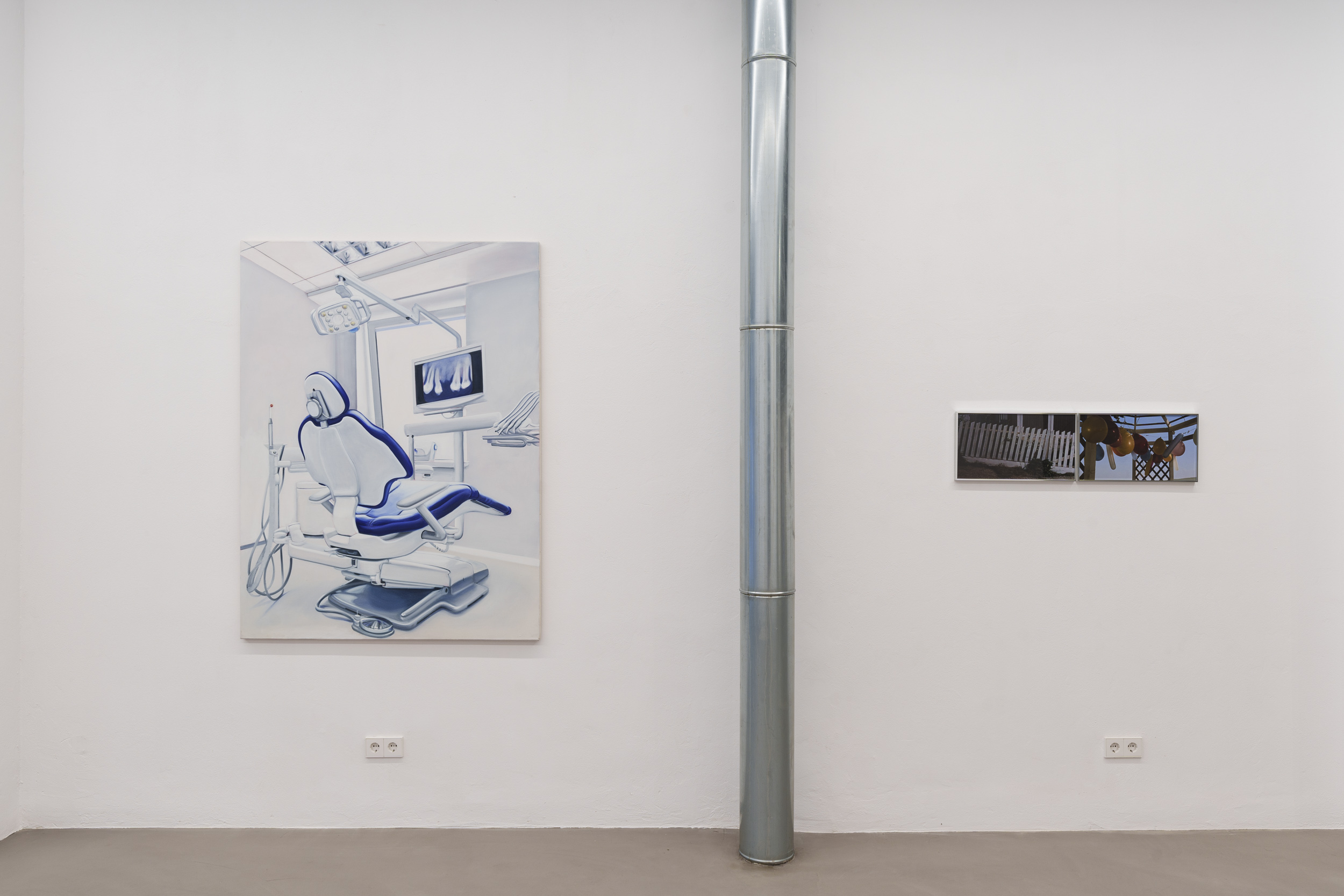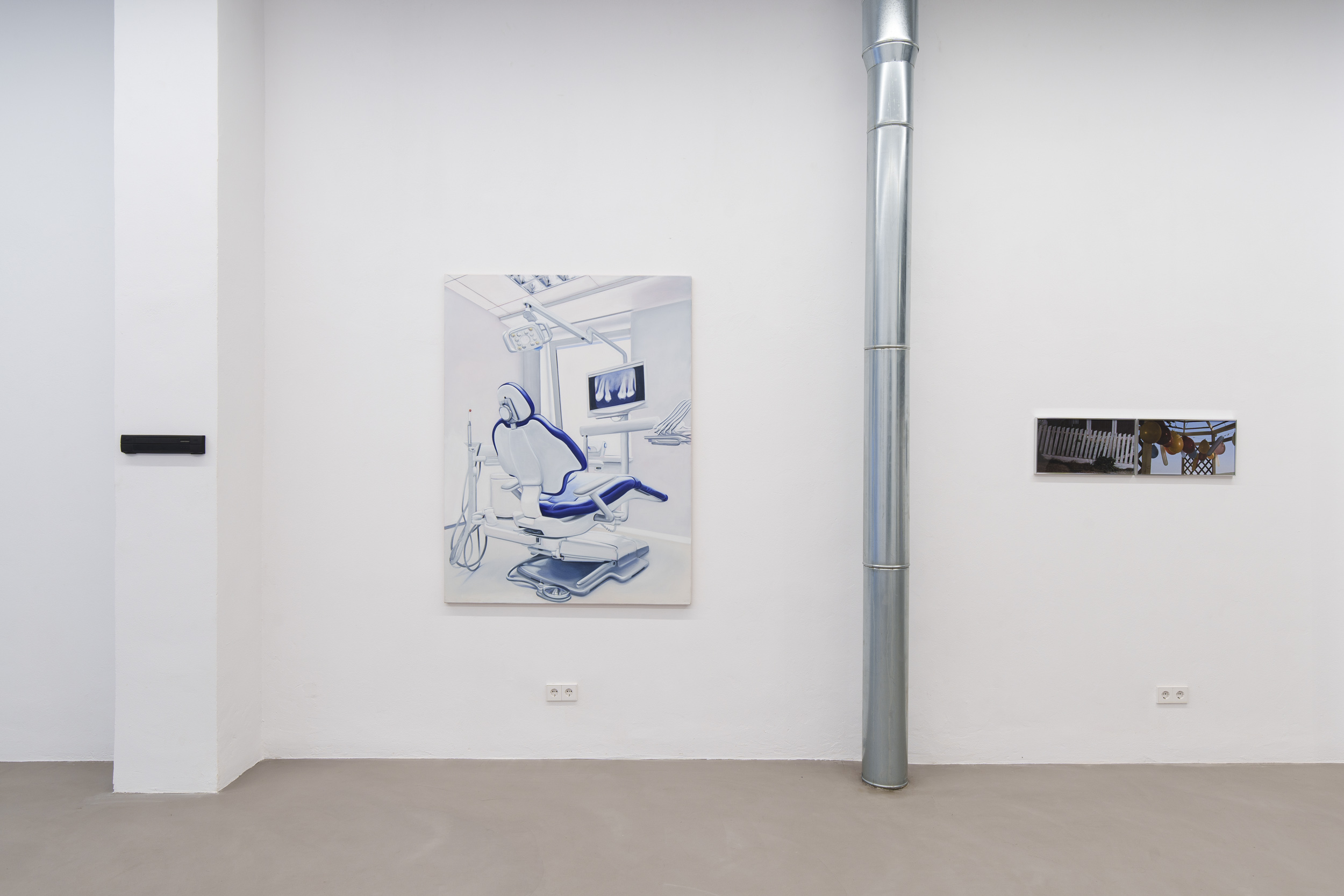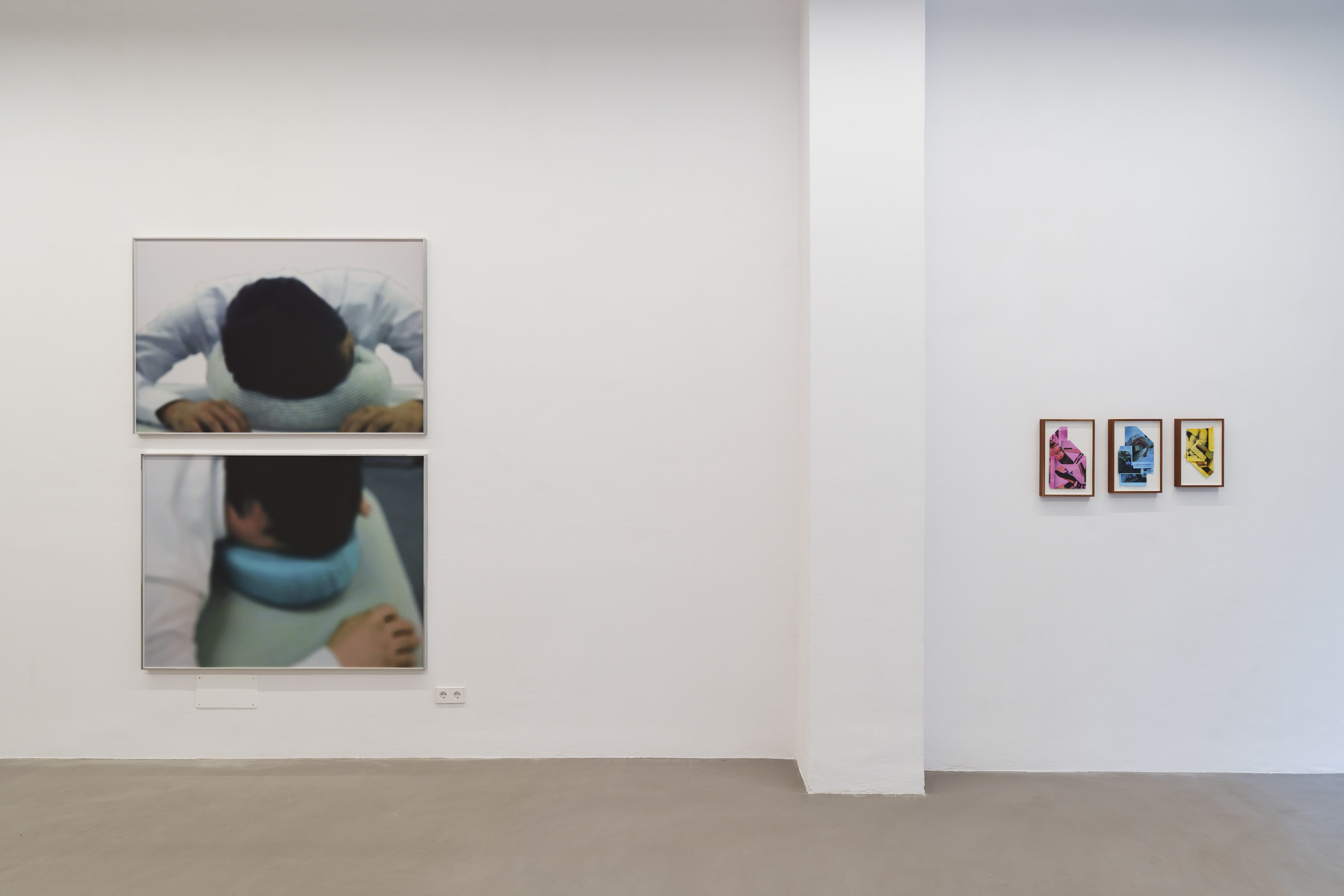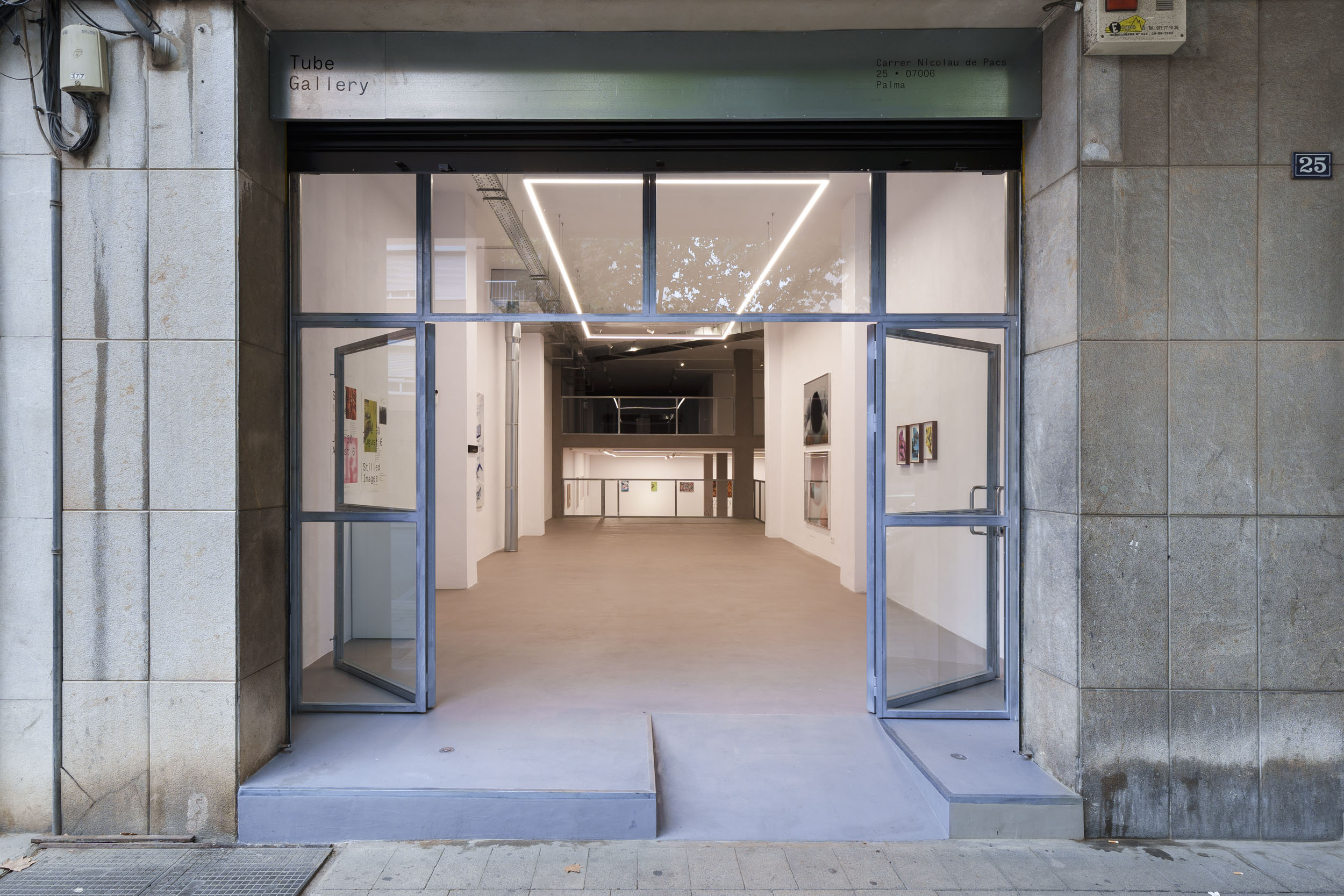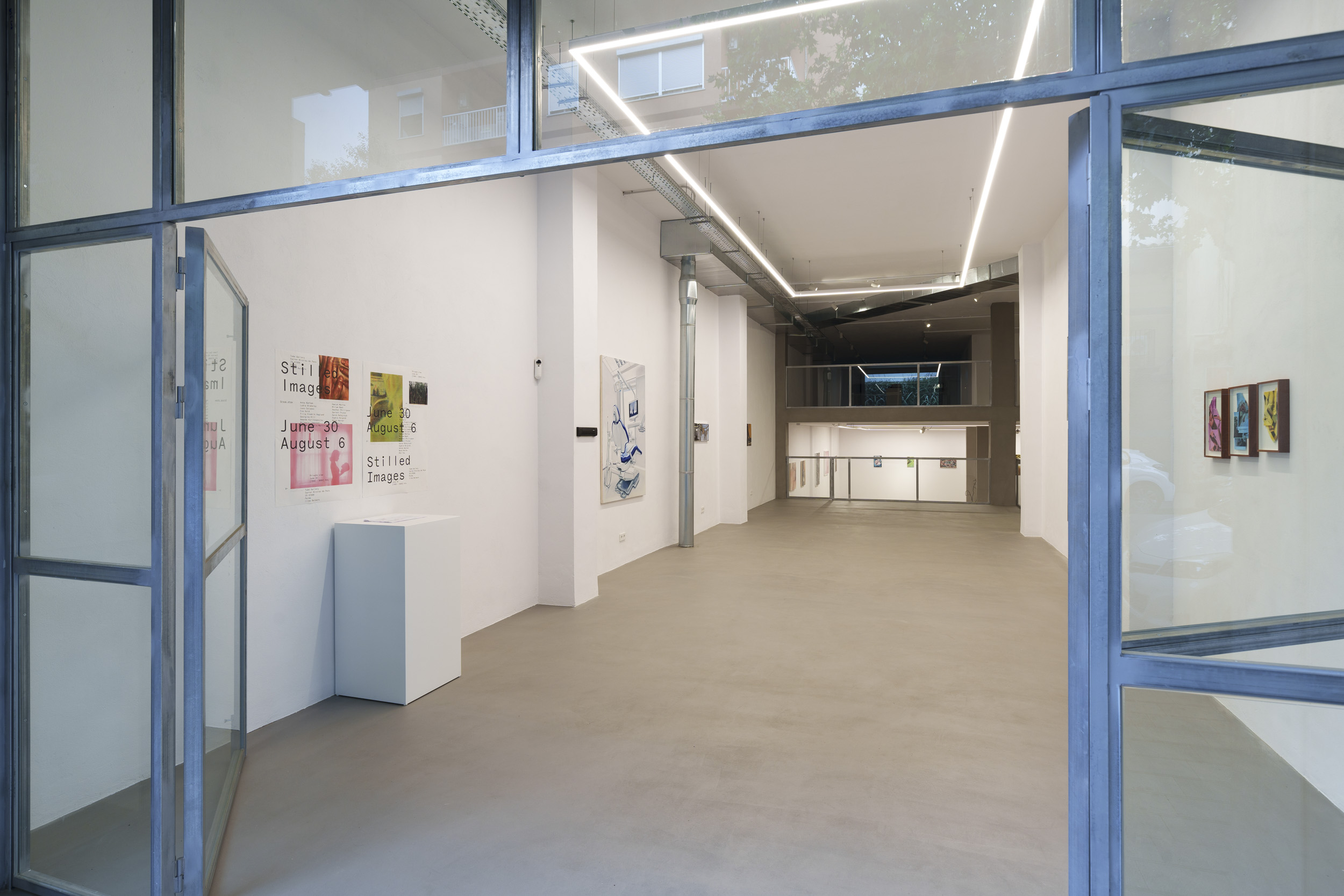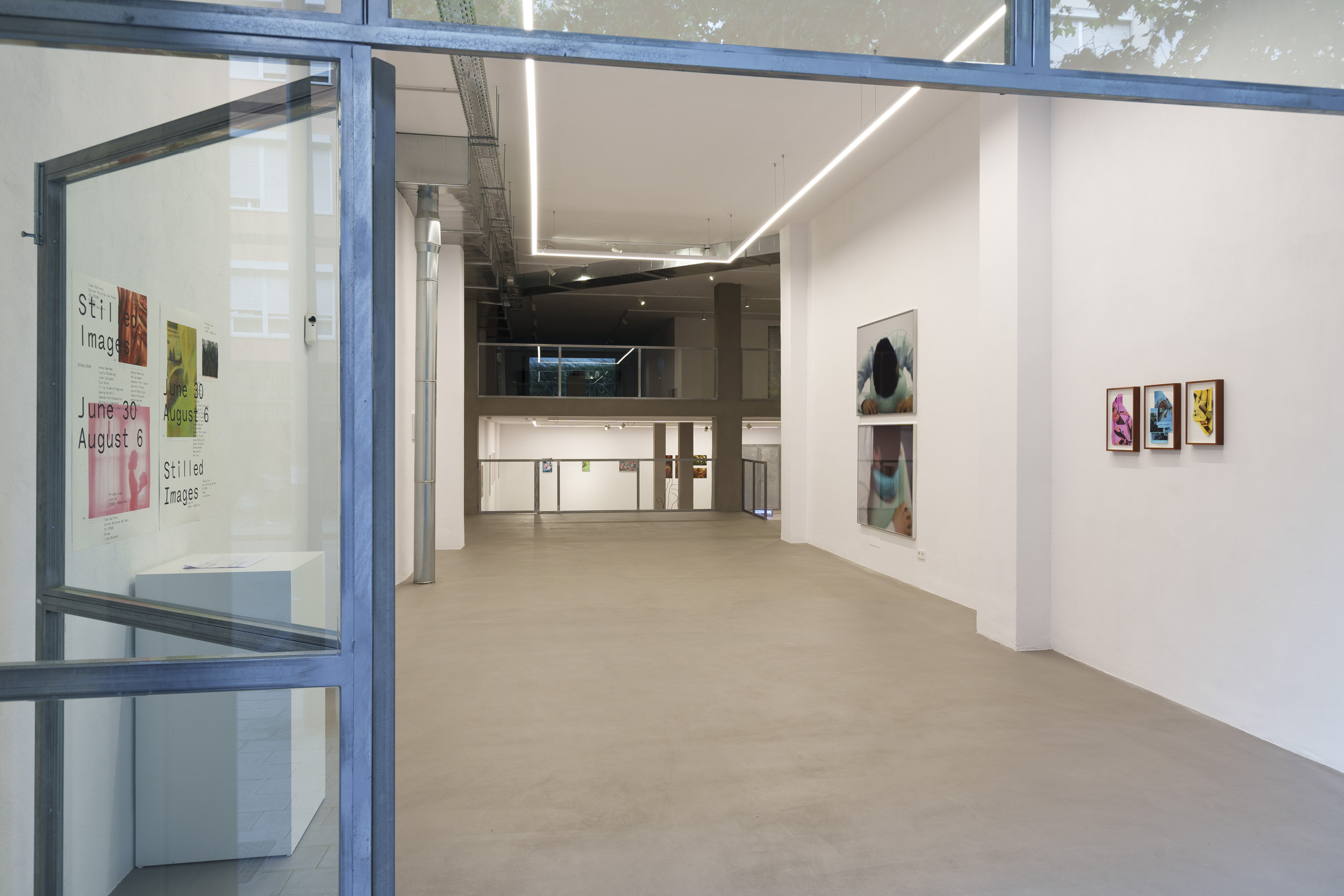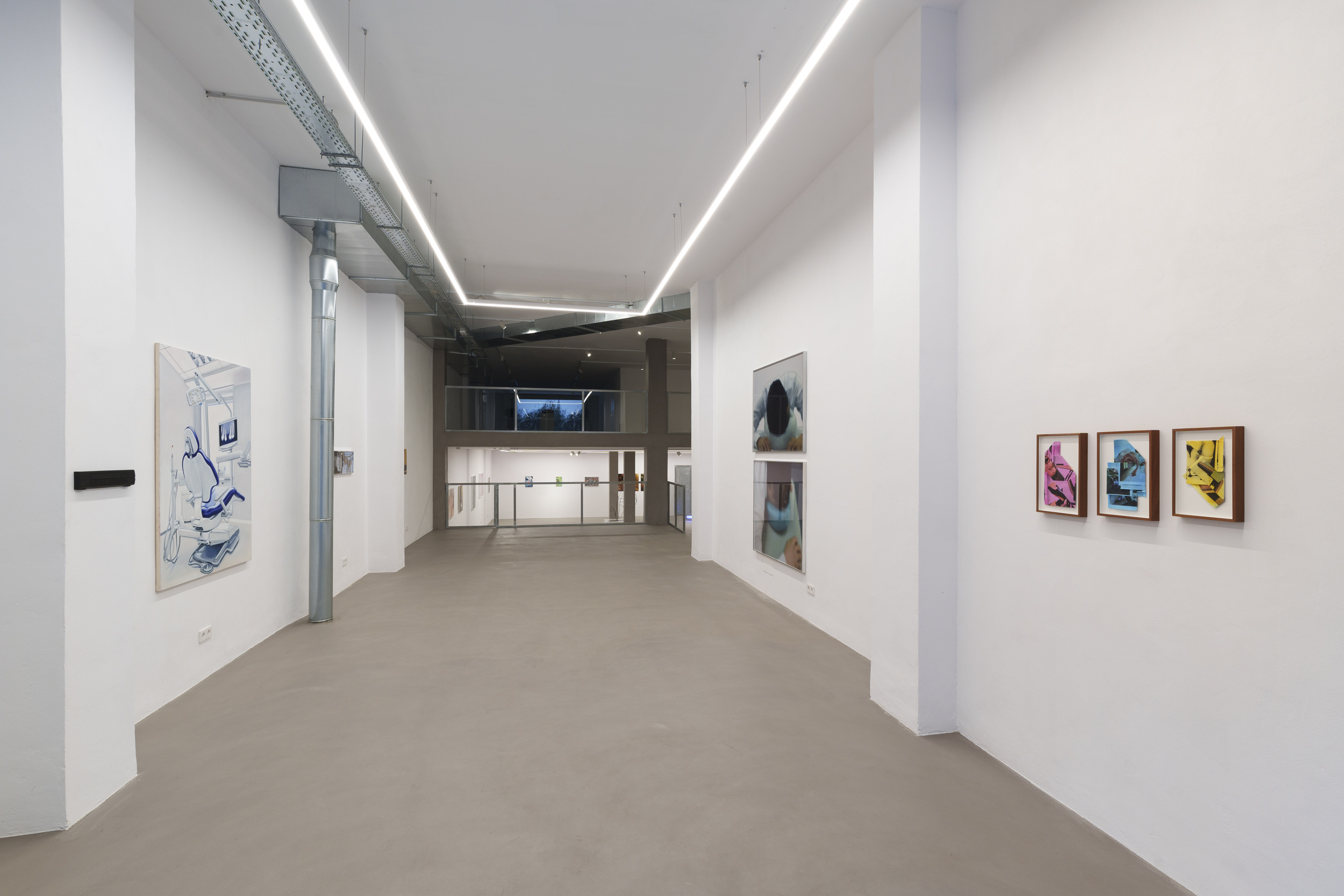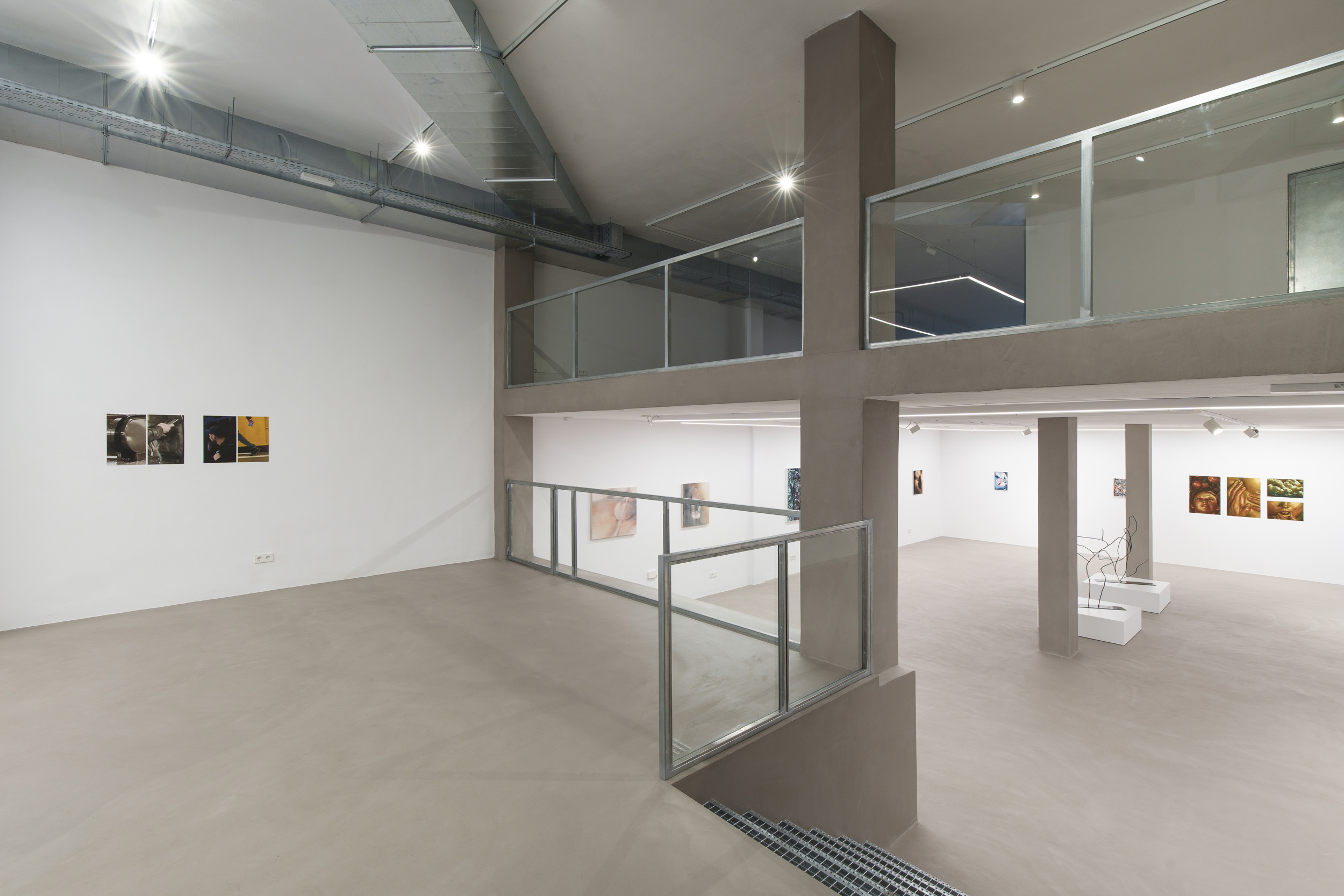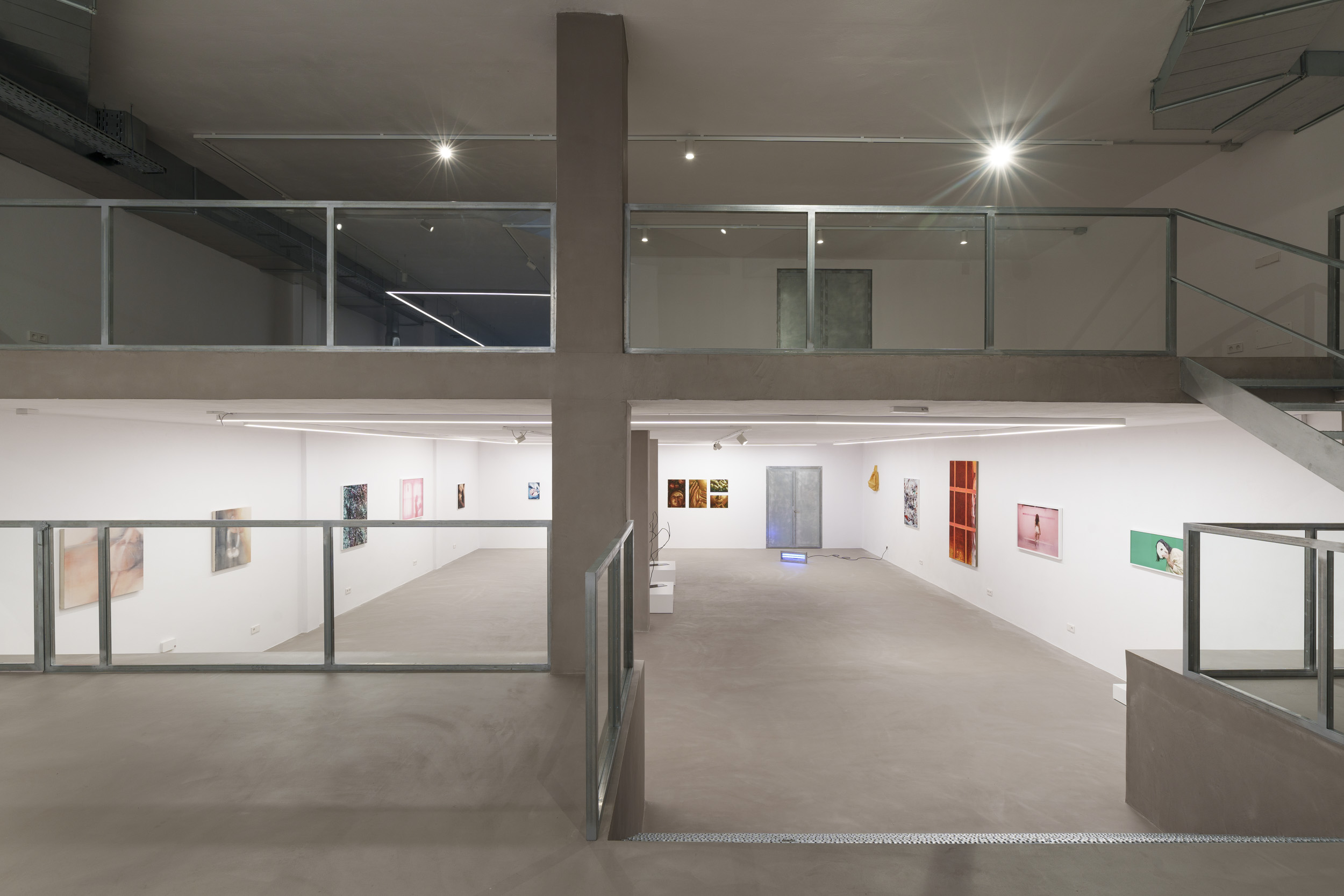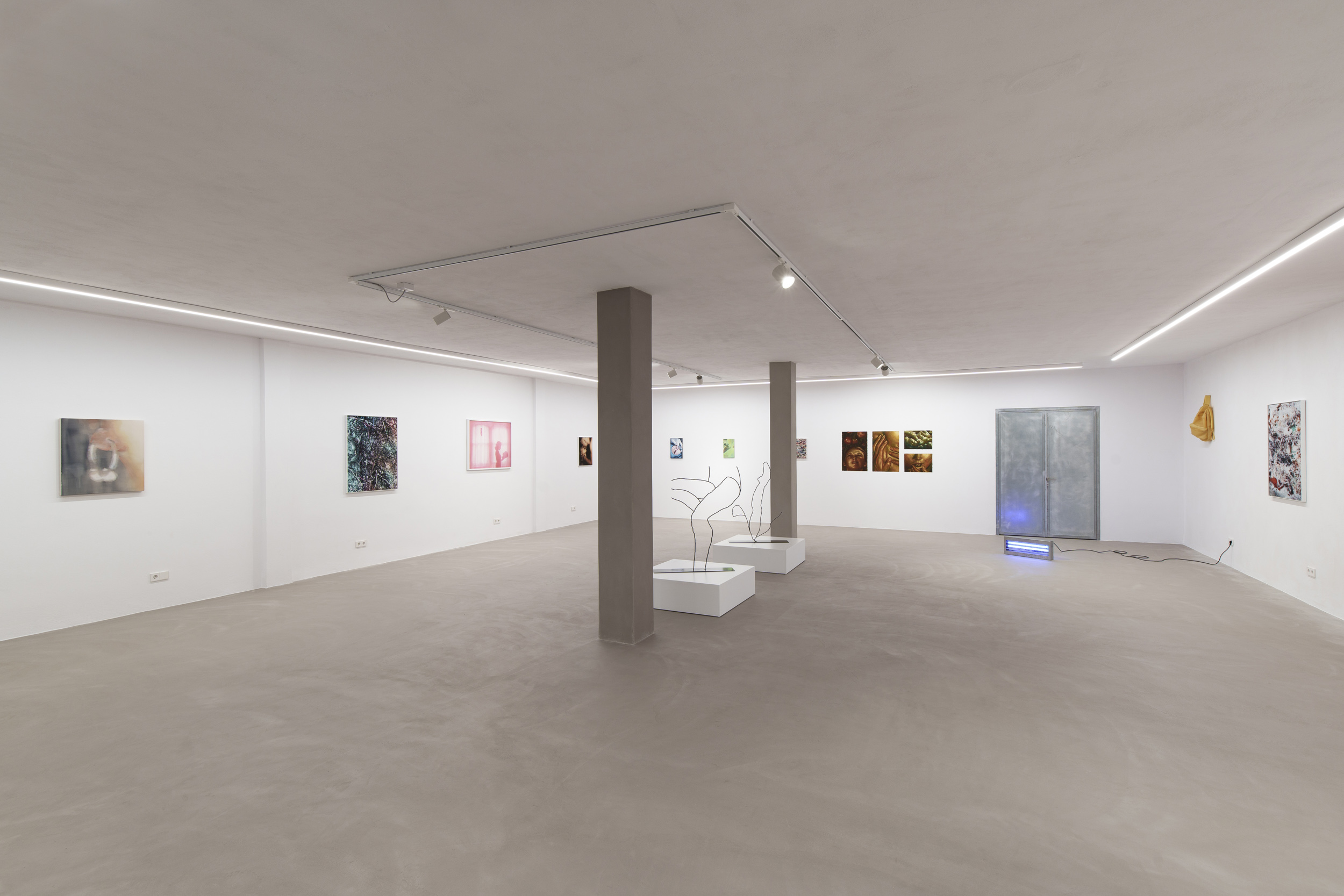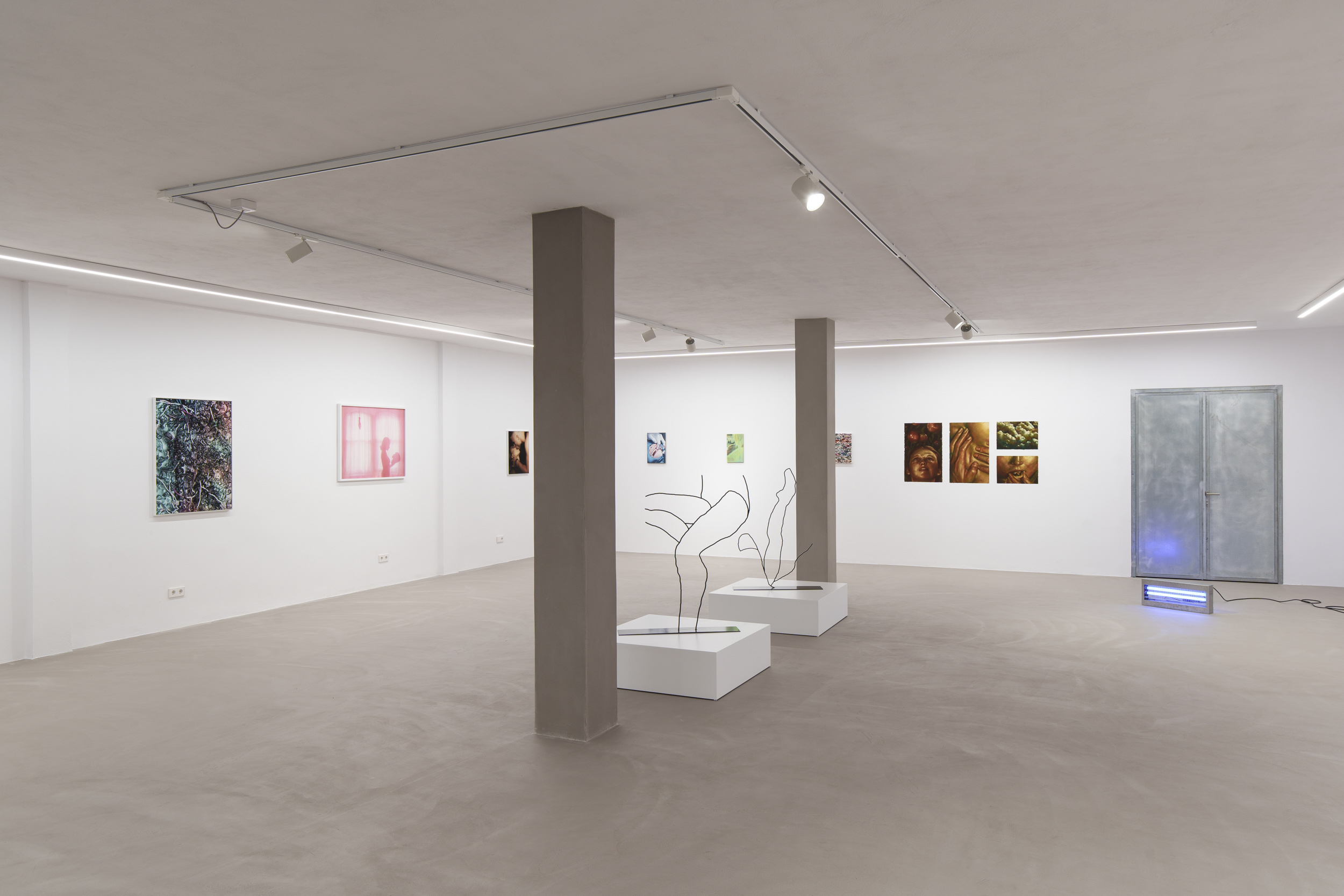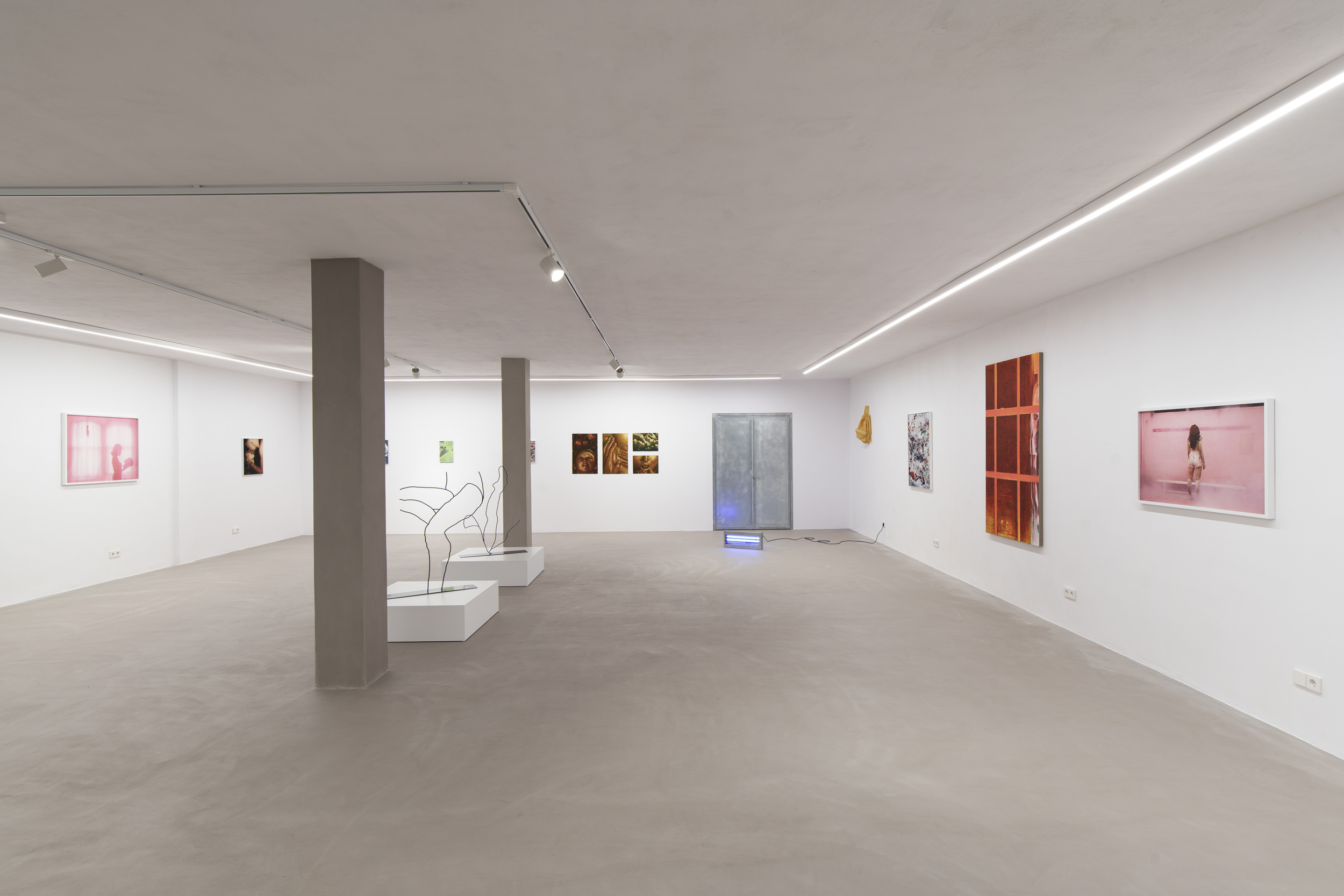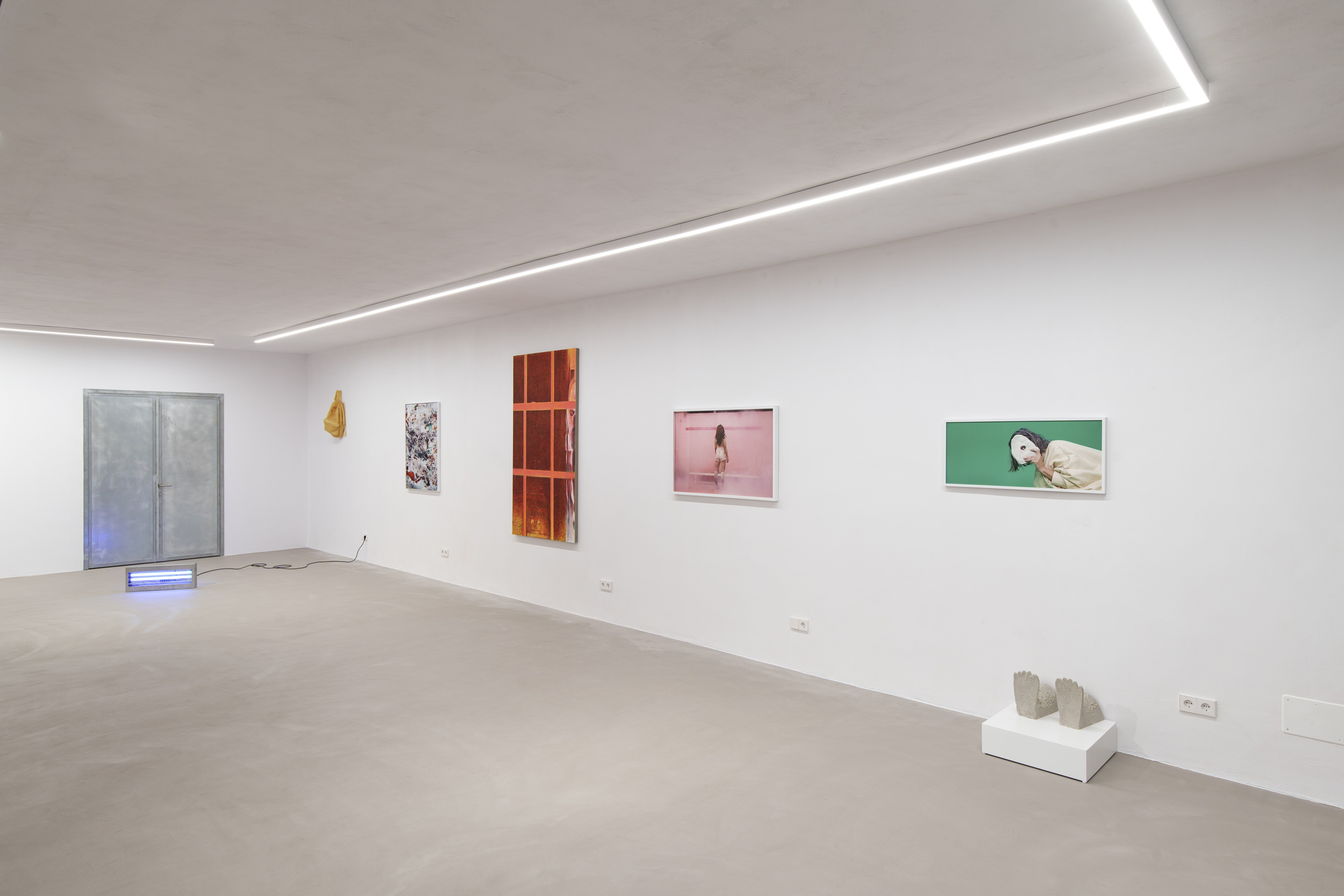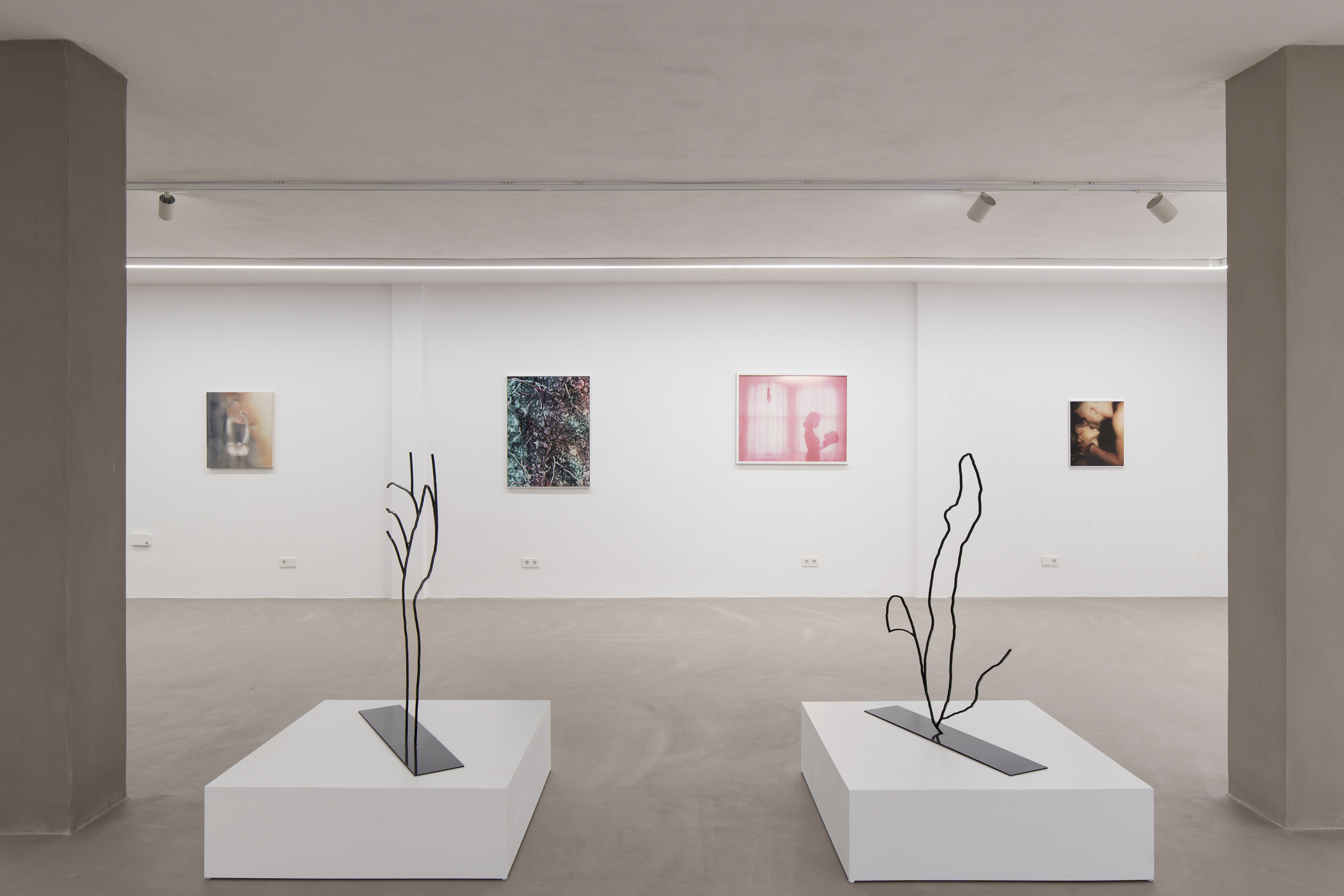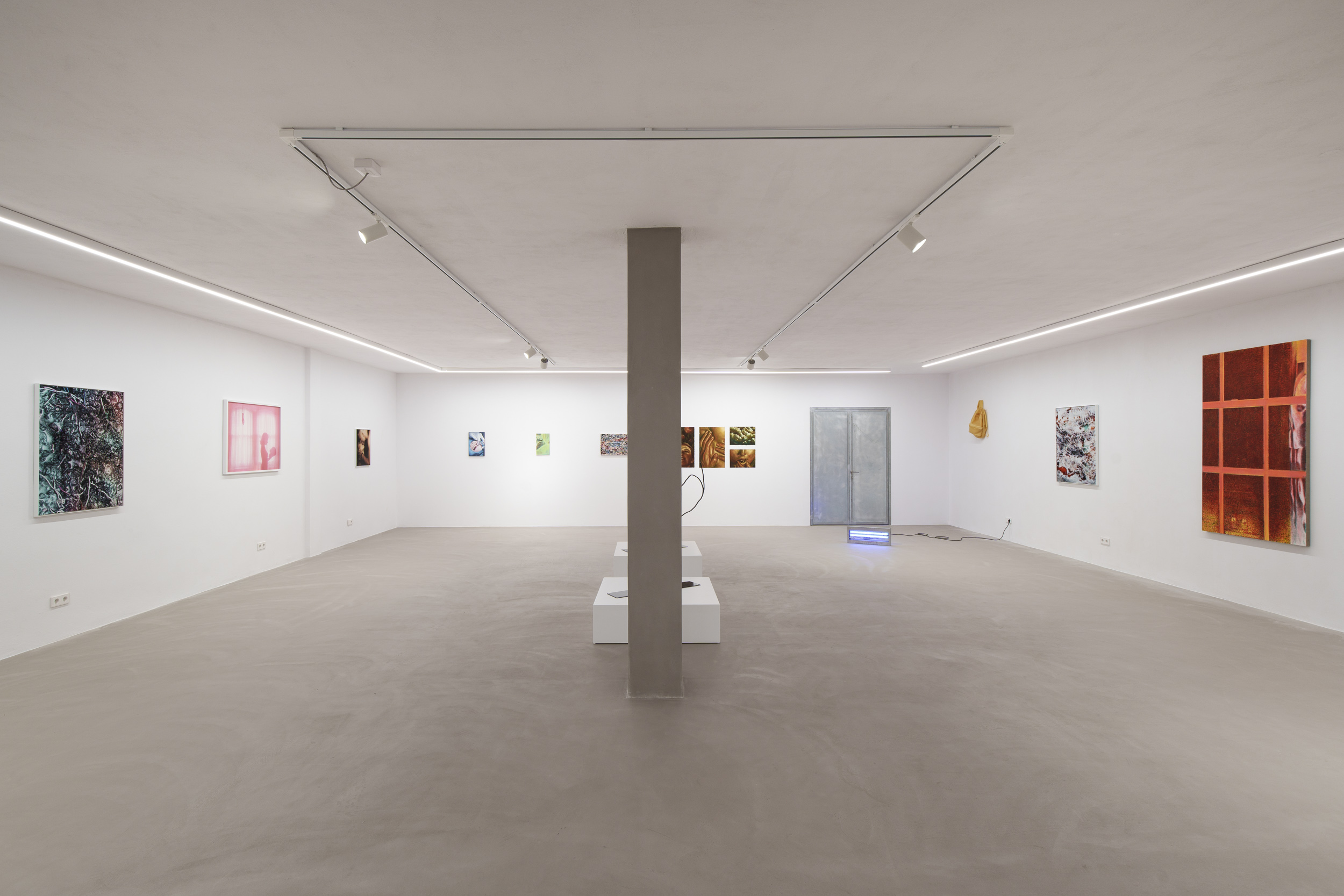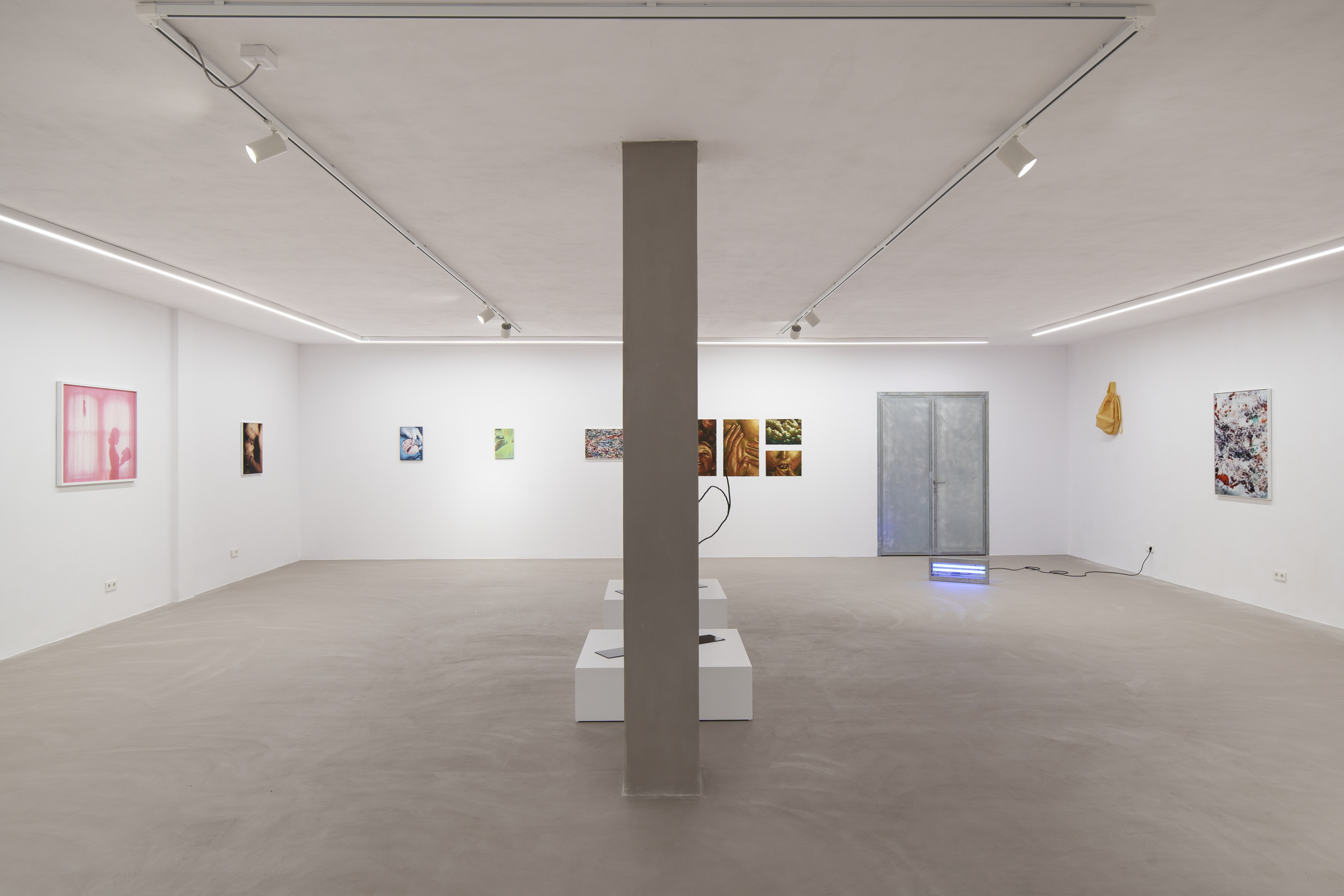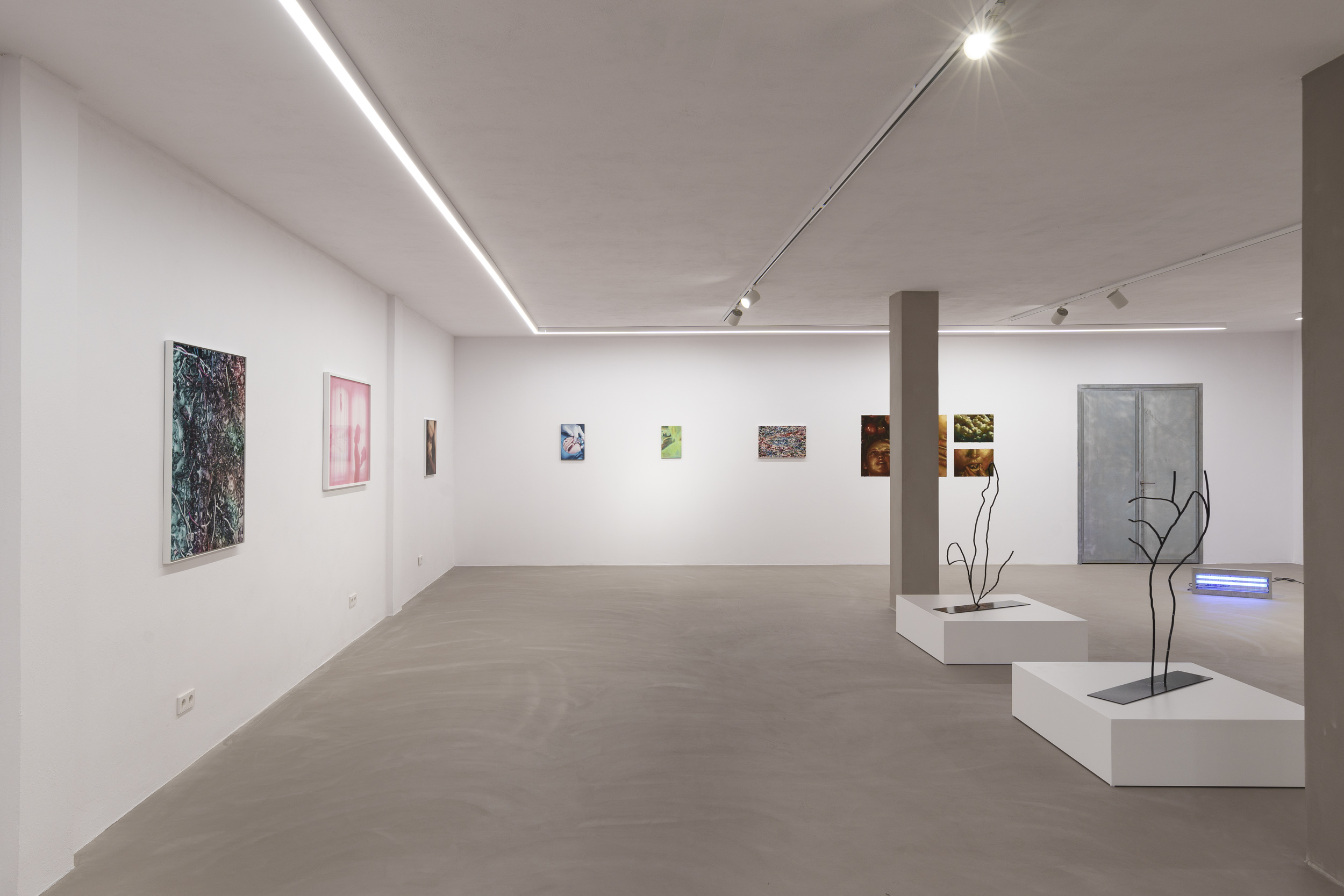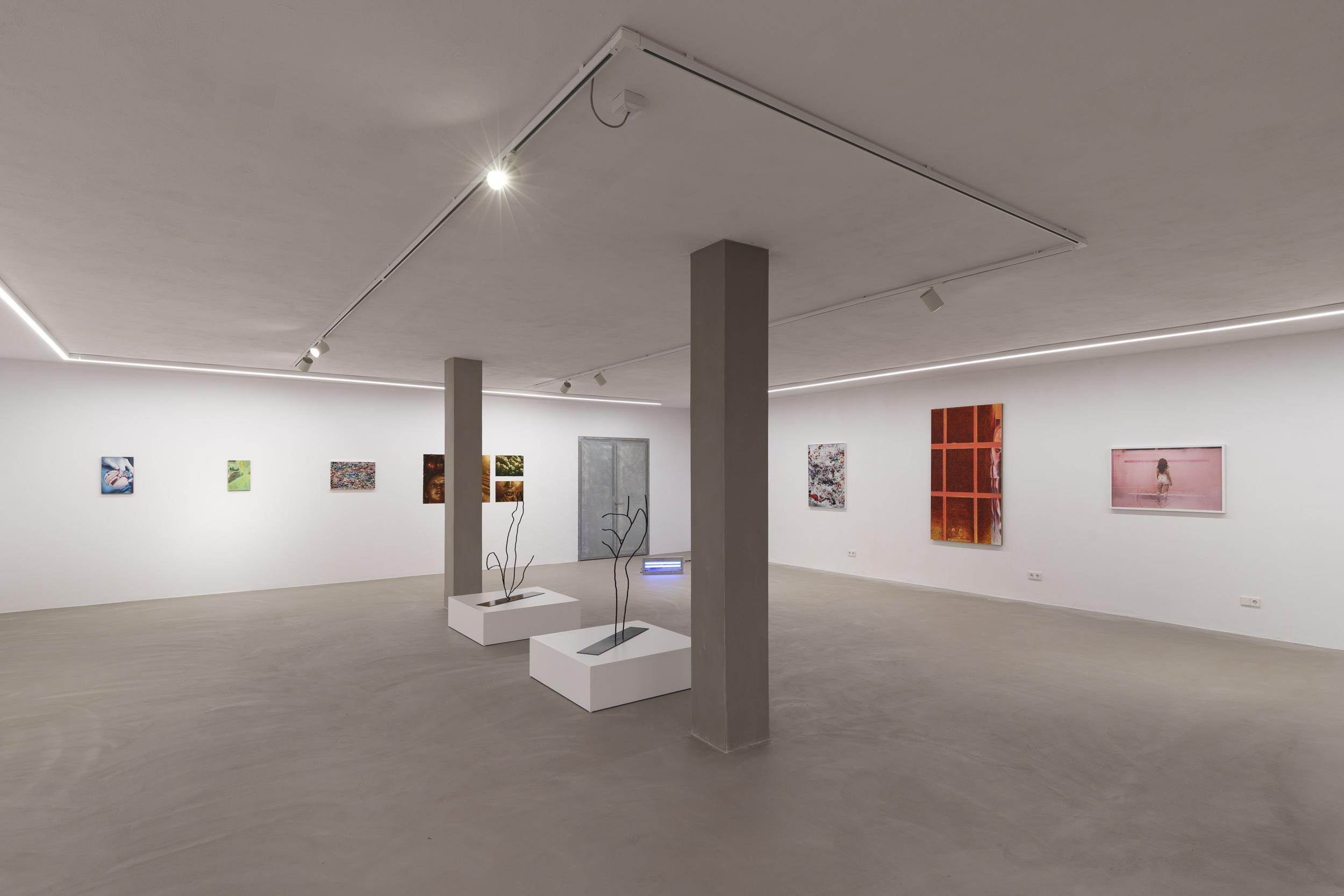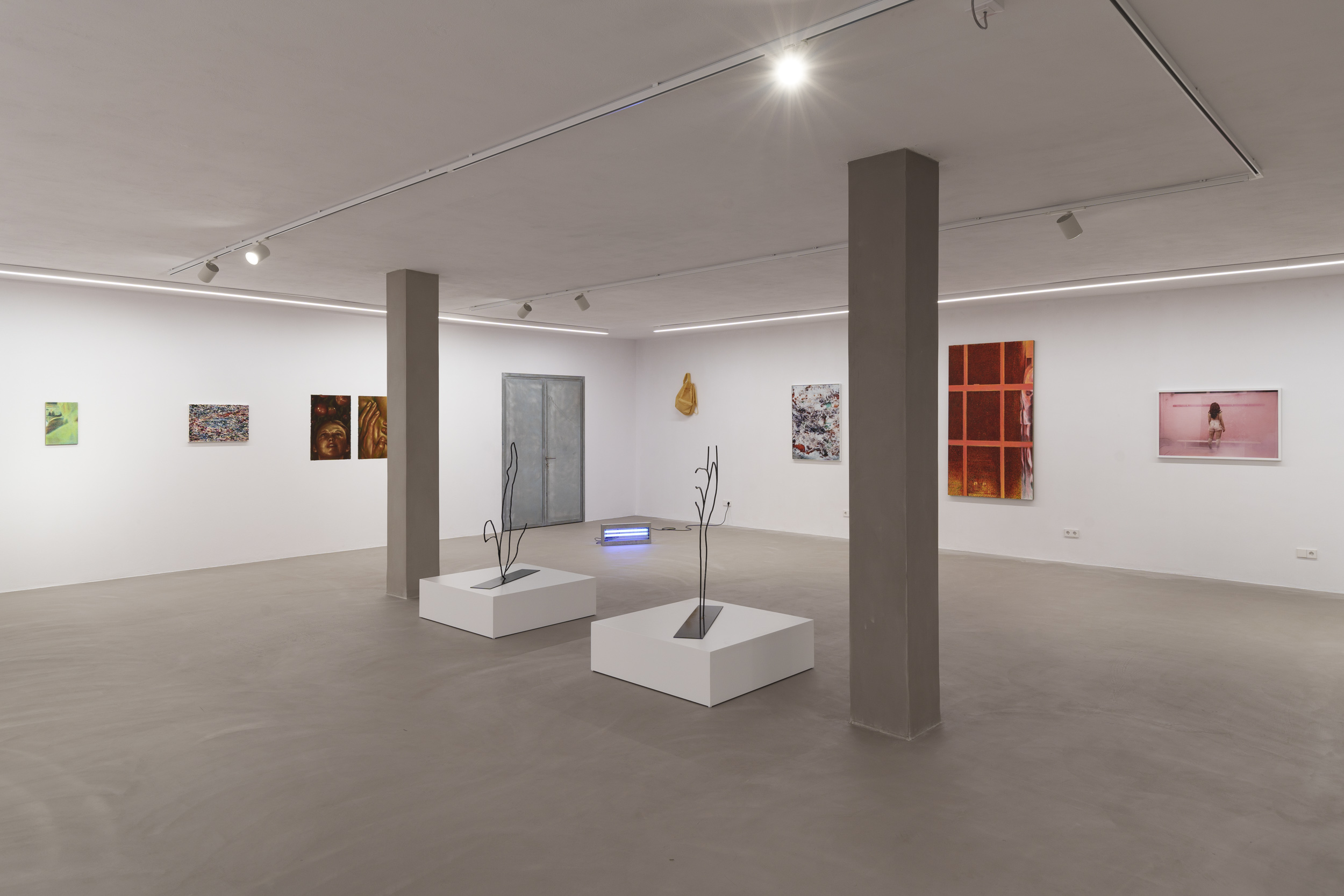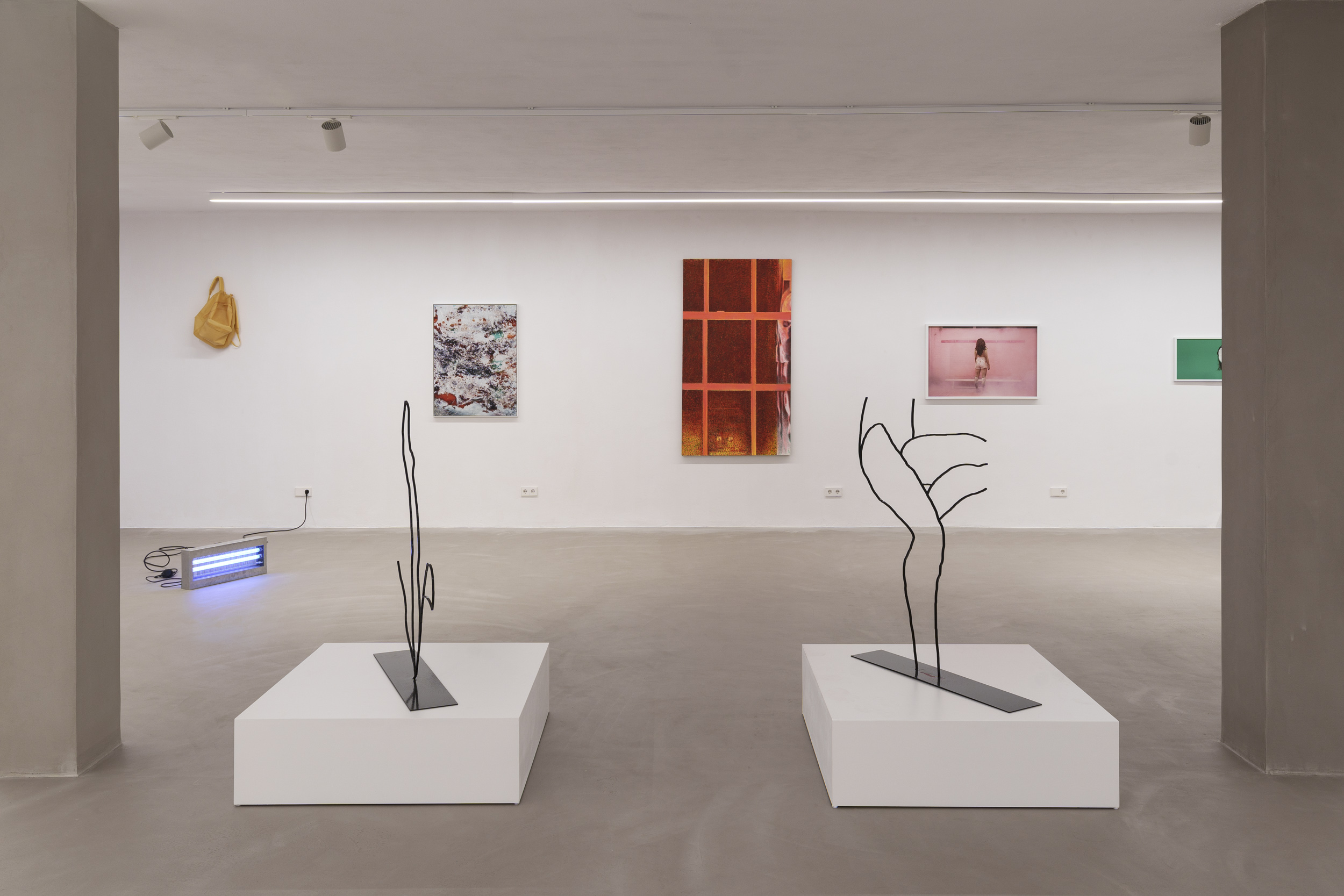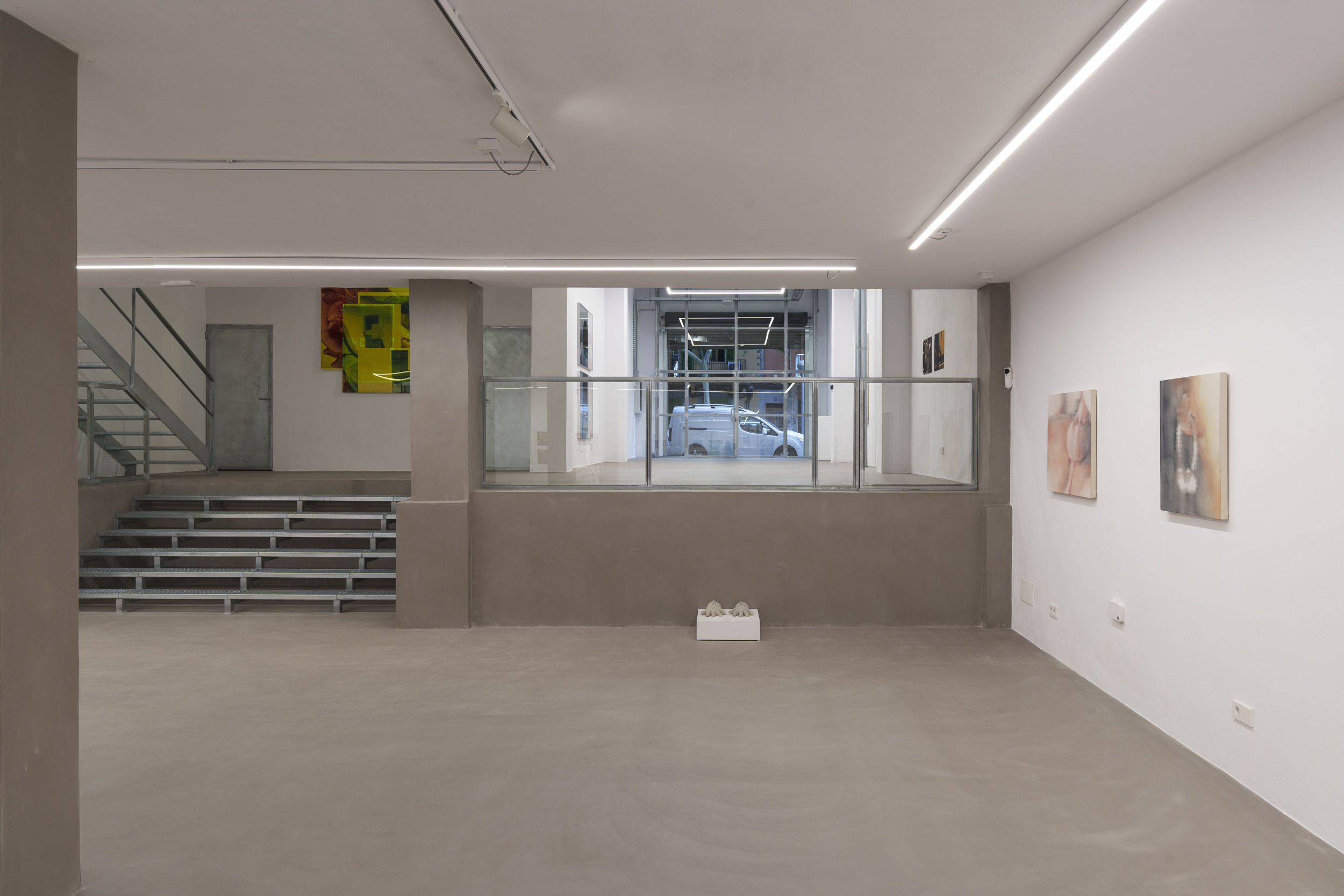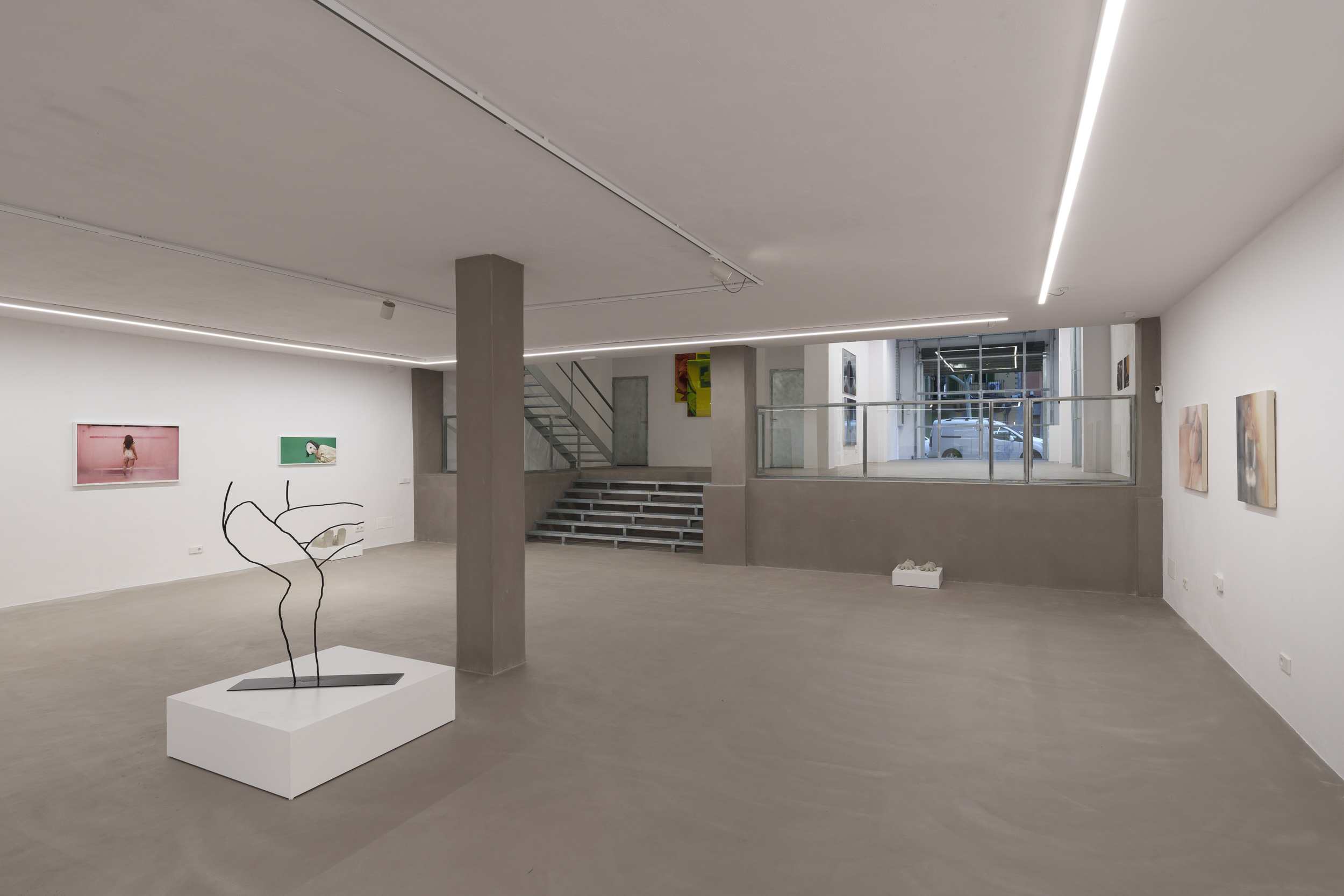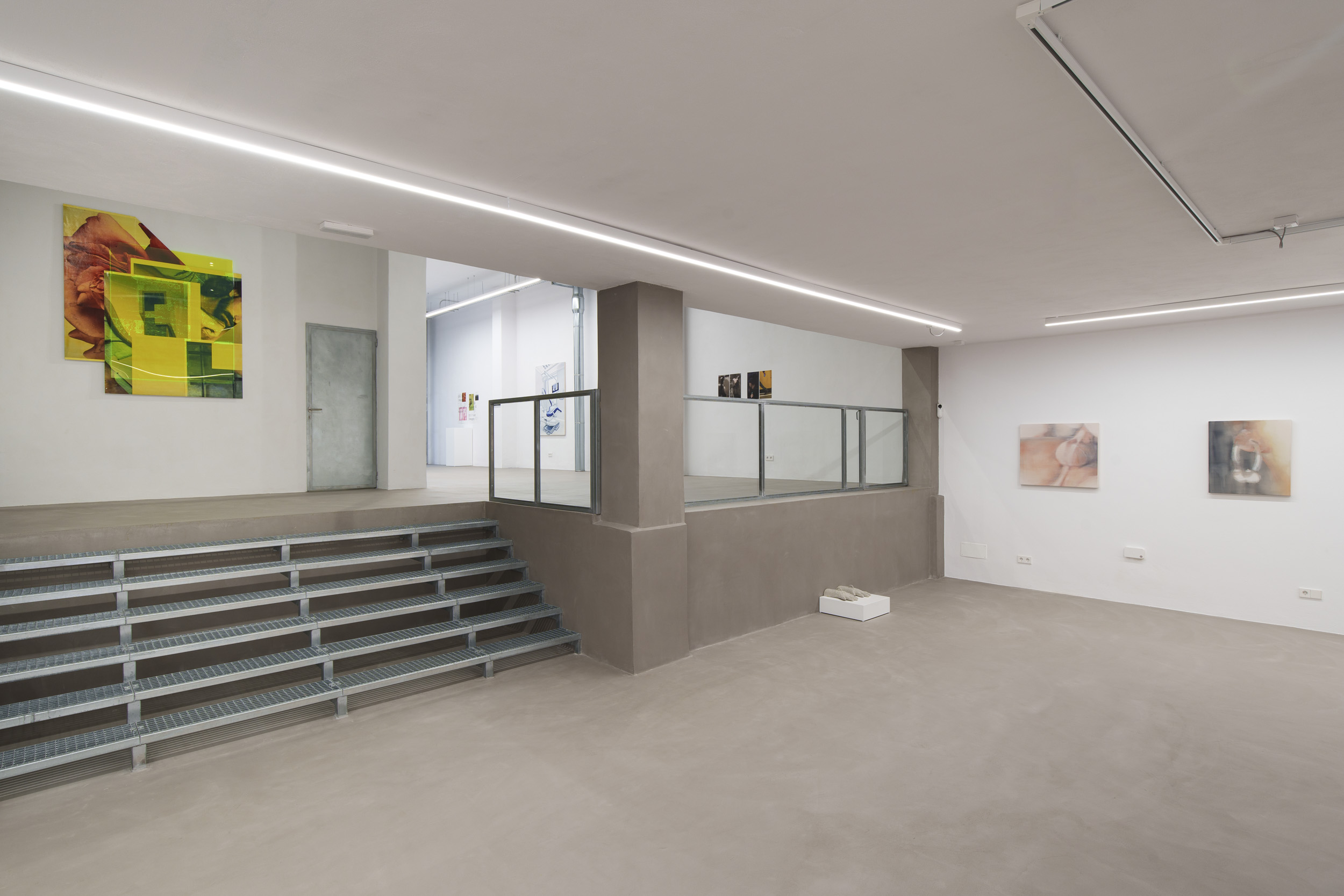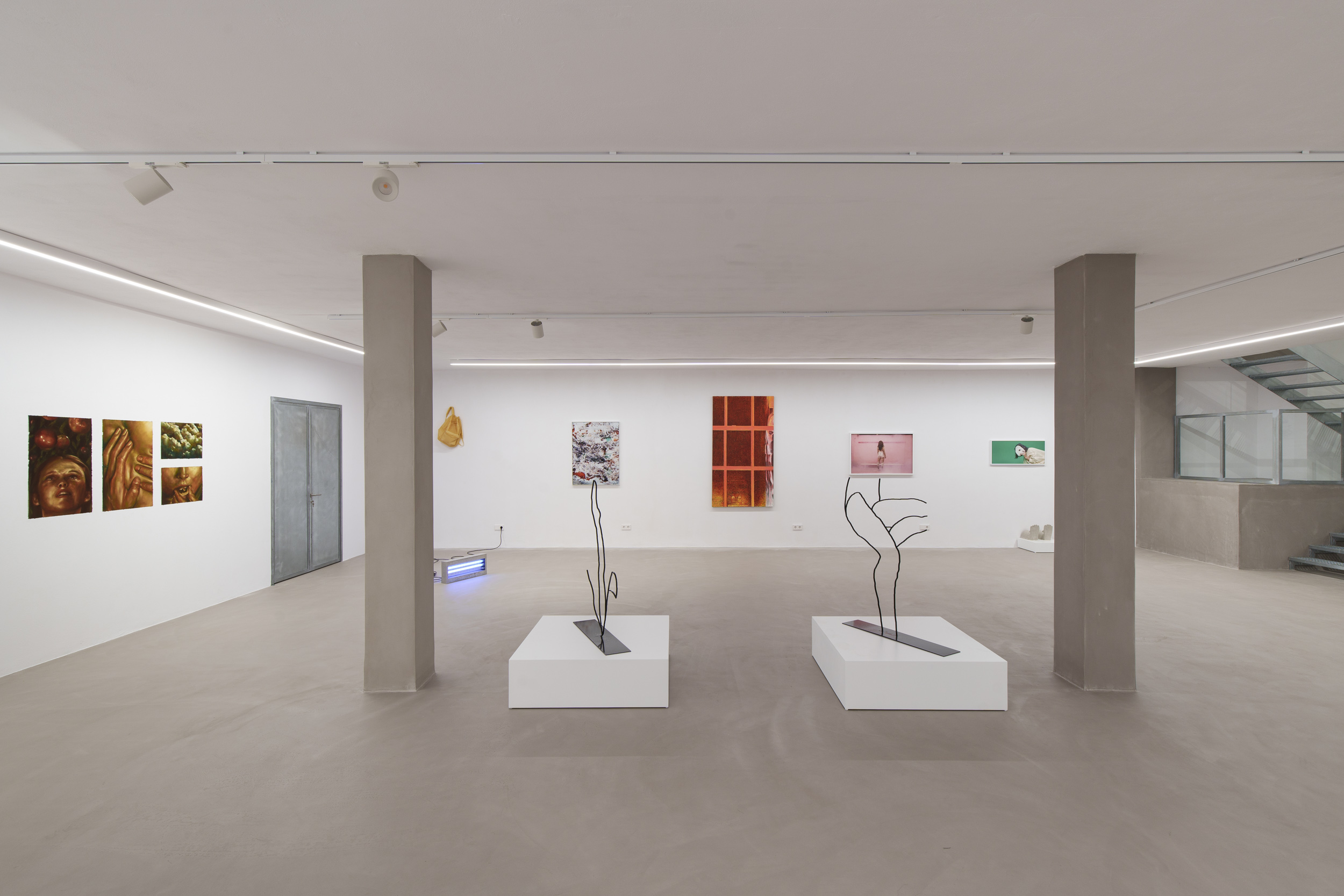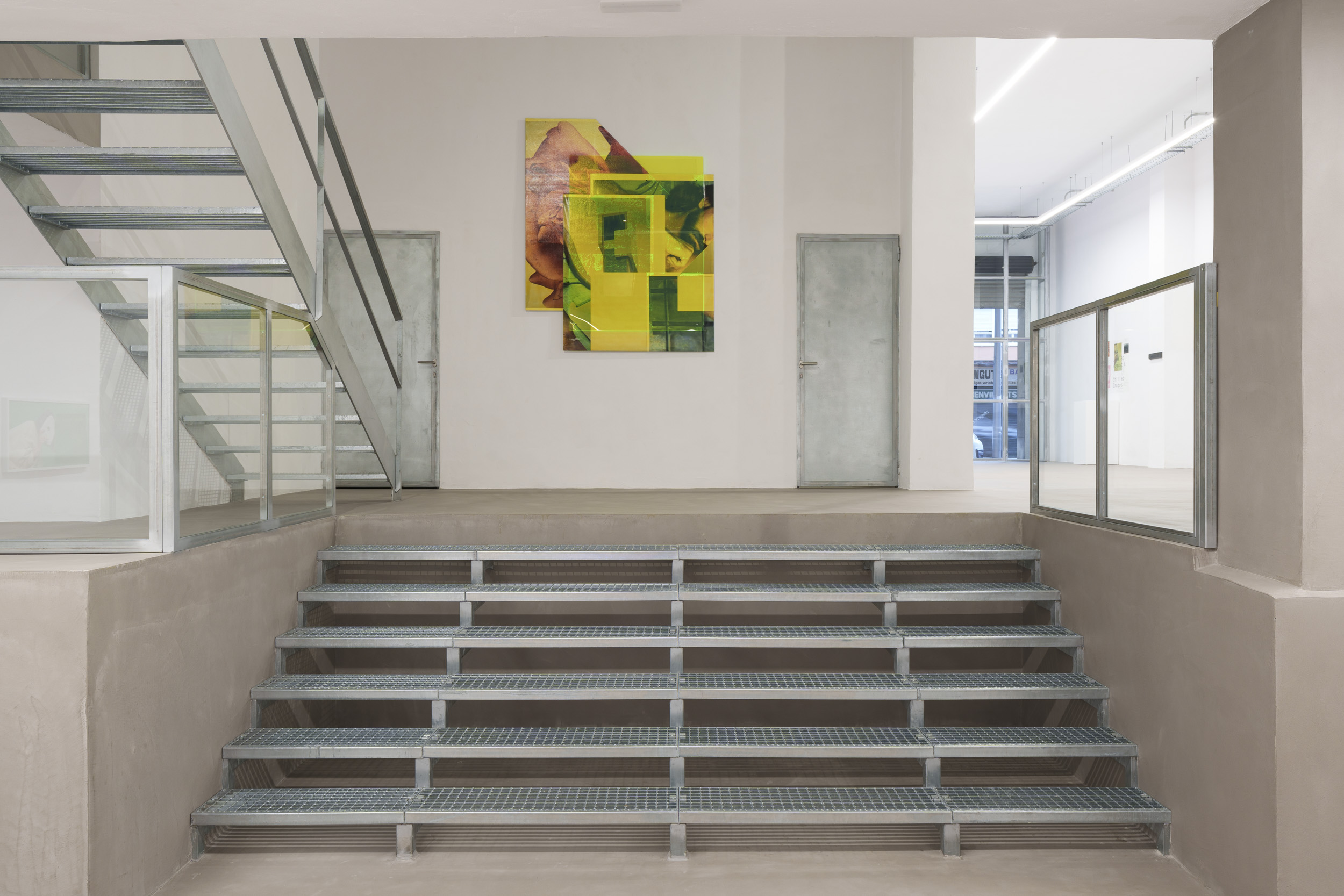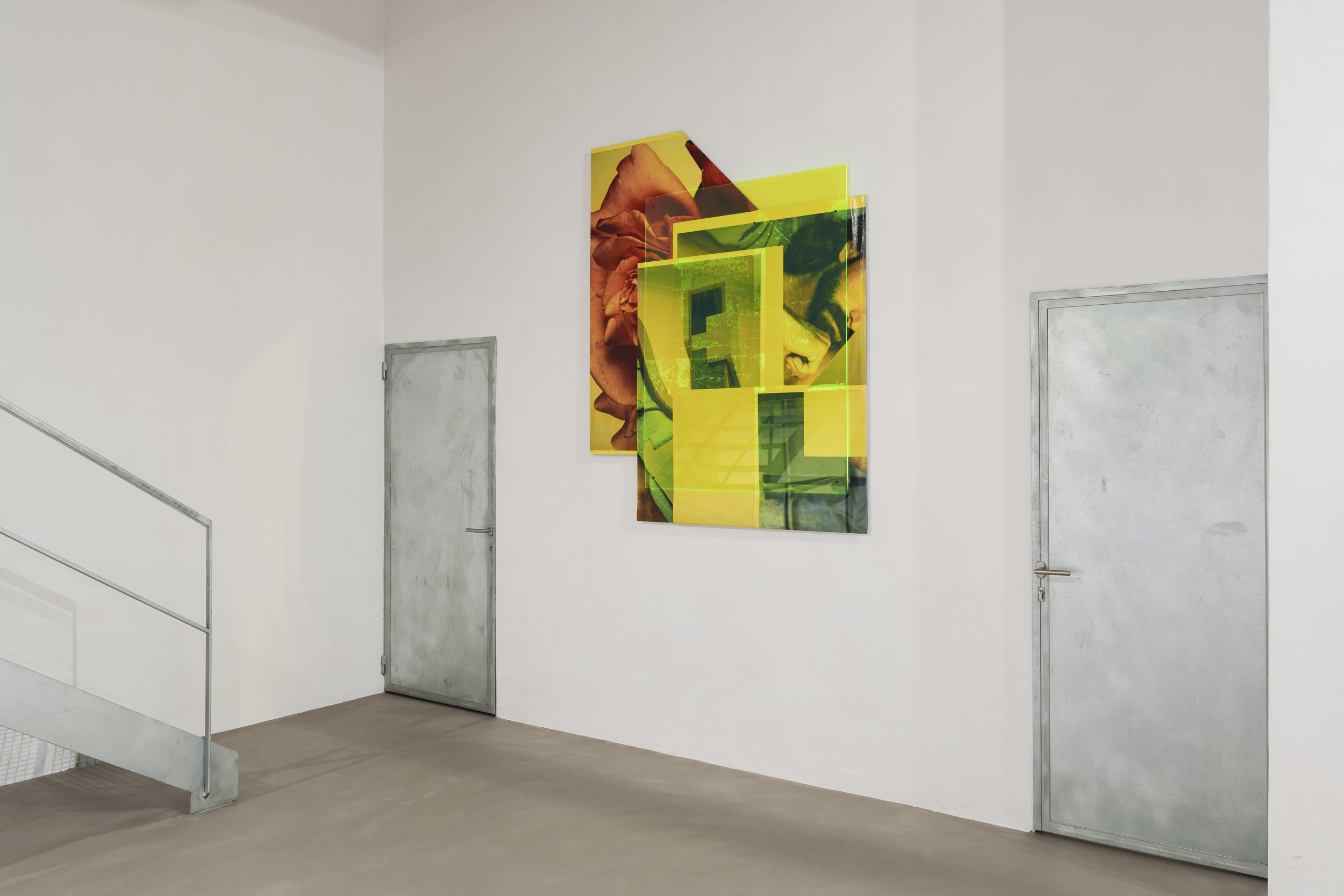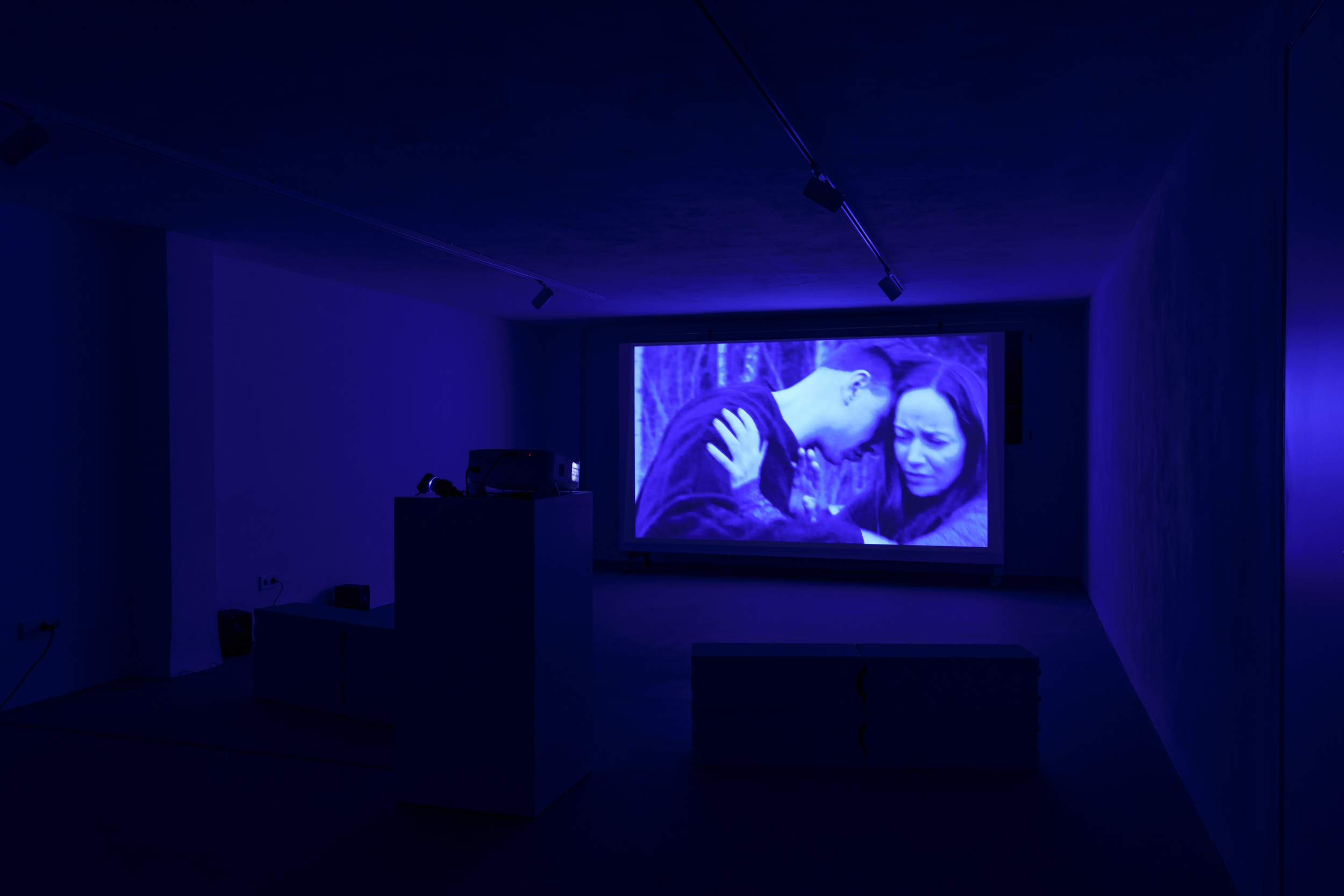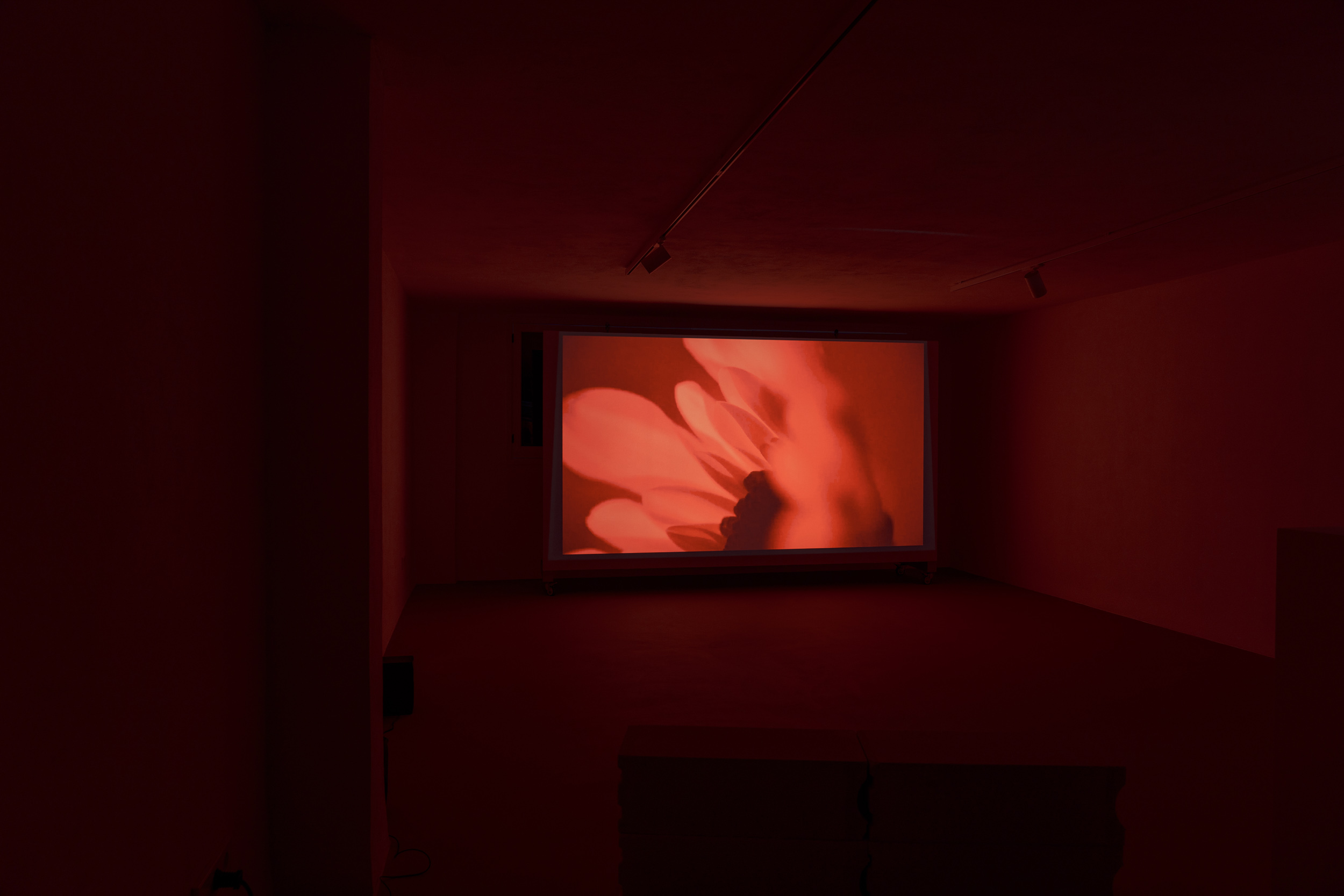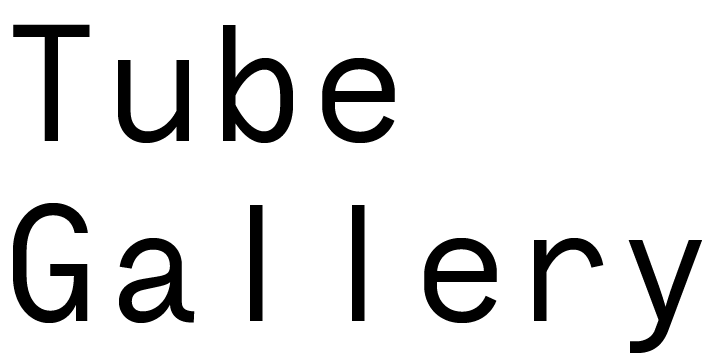Stilled images
30.06.23 - 18.08.23
Stilled Images presents seventeen artists working across film, photography, painting, drawing and sculpture, whose works come together to investigate and interrogate the boundary between still and moving image.
The scene that disturbed him with its violence, the significance of which he would only understand much later… These are the first words spoken by the narrator of Chris Marker’s La Jetée (1962). If Marker’s film begins here, and on the runway at Paris Orly airport, it proceeds almost entirely as a sequence of still images, and as a moving story told via a procession of freeze-frames and language.
Marker’s film also begins as a kind of a question, the answer to which we can “only understand much later”. If this question is the mystery of a man shot on a runway, and of a boy watching his older self being murdered on the same tarmac, then that “much later” is resolved neatly over the film’s twenty-eight minutes.
Yet, there is something in those opening words, and particularly in the syntax and cadence of the original French, that might trouble us: the idea of a kind of “violence” inherent, not in a scene that is violent, but in one that disturbs, or agitates. There is a friction, here, between the scene as static tableau, as still image, and the movement or excitement that violence and agitation imply.
This does not feel like the dry, schematic philosophy of Deleuze’s “equidistant instants selected… to create an impression of continuity”, but rather the implication of a kind of movement within stillness, the implicit violence of movement, and of time, that has been stilled, and that resounds as both seductive frisson and radical question.
Here, in Heather Phillipson’s early video work, Rebus (2011), the form of La Jetée is explicitly recalled in the offering of a film pieced together from predominantly still images, but with a voiceover and text that depart from Marker’s solemnity to offer an absurd, comic and strangely tender statement of romantic disintegration.
In Graham Martin’s APBP (00:02:41) and APBP (00:12:32), such subversive tenderness is also present in paintings that replicate the materiality of the moving-image medium (VHS) via the meticulously delicate rendering of a degraded analogue image, the care and craft of which imbue the painted images with an overwhelming sense of living, breathing – and thrusting – corporeality.
Elsewhere, in Sophie Ruigrok’s How to get what you want (2023) and Nana Wolke’s 00:01:16,012 – – > 00:02:27,023 (2023), the act of painting or drawing occurs directly within the dynamic, semantically enigmatic space that the film still produces.
In Ruigrok’s work, for example, four stills – from Le bonheur (1965), The Wizard of Oz (1939), Alice (1988) and The Truman Show (1998) – are the starting point for a series of drawings that offer up a sublimely staggered inquisition of both the spaces between, and the entanglement of, desire, freedom and contentment.
In Aaron Ratajczyk’s, Garrett Pruter’s and Miriam Naeh’s work, the same material becomes simultaneously cinematic, lyric or documentary film, and photographic image, offering a form of self-reflexivity that attenuates the materialities with which they work and amplifies the extraordinary, and extraordinarily human, attentiveness that their work both displays and demands of the viewer.
Such reflexivity is visited upon the viewer in Anna Barham’s Light Swathes Crossing (2020), where the very foundations of the moving-image – the childlike magic of still moments played fast enough to convince the human brain that it is witnessing the dynamic passing of time – seem to be subverted to the ends of producing a work in which moment and movement are felt as occurring simultaneously, producing an almost transcendent experience and a stage for the eloquent, tender, agitation of Barham’s text.
In all of these works, and the works of all the artists featured in this show, a single consistent thread is discernible: the innovative, often invocatory, deployment of the negative space between still and moving image as a site of intense productivity, of charismatic and often challenging artistic thinking, and of profound questioning. – Ahren Warner
